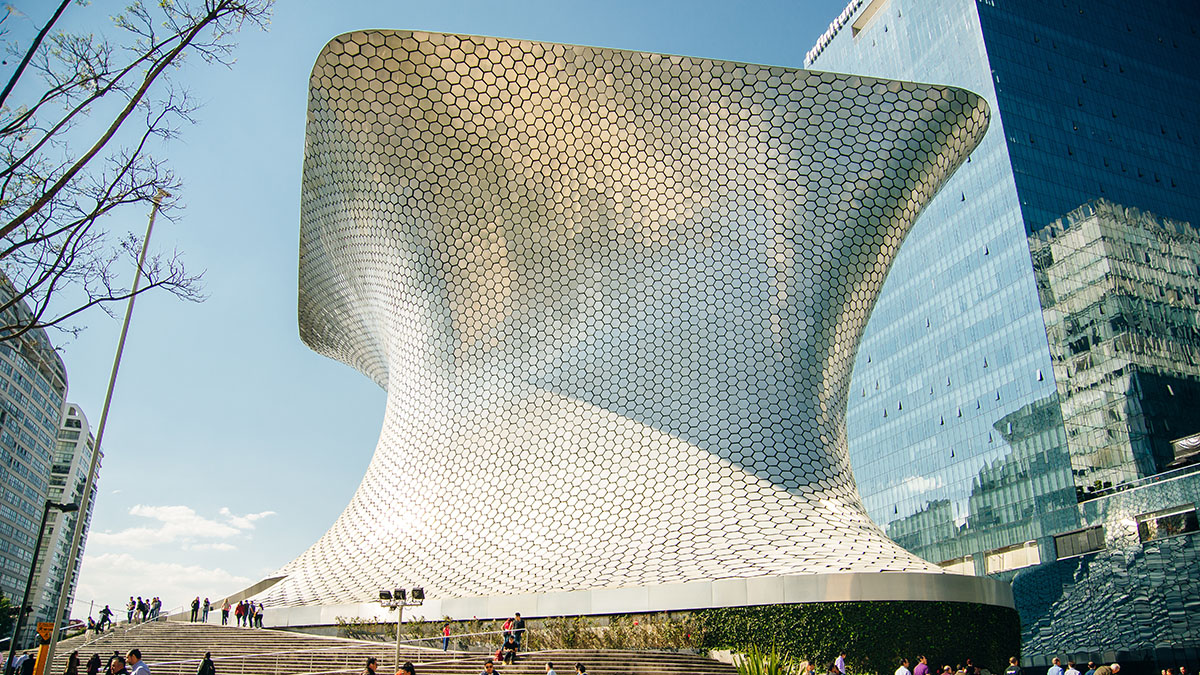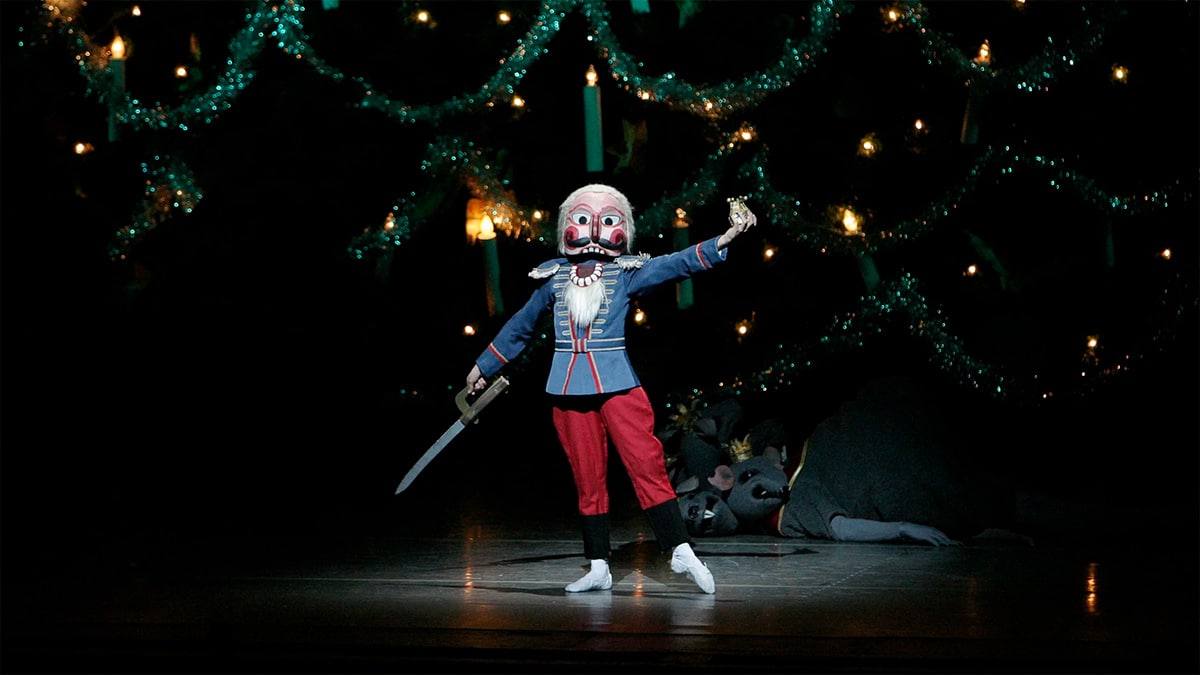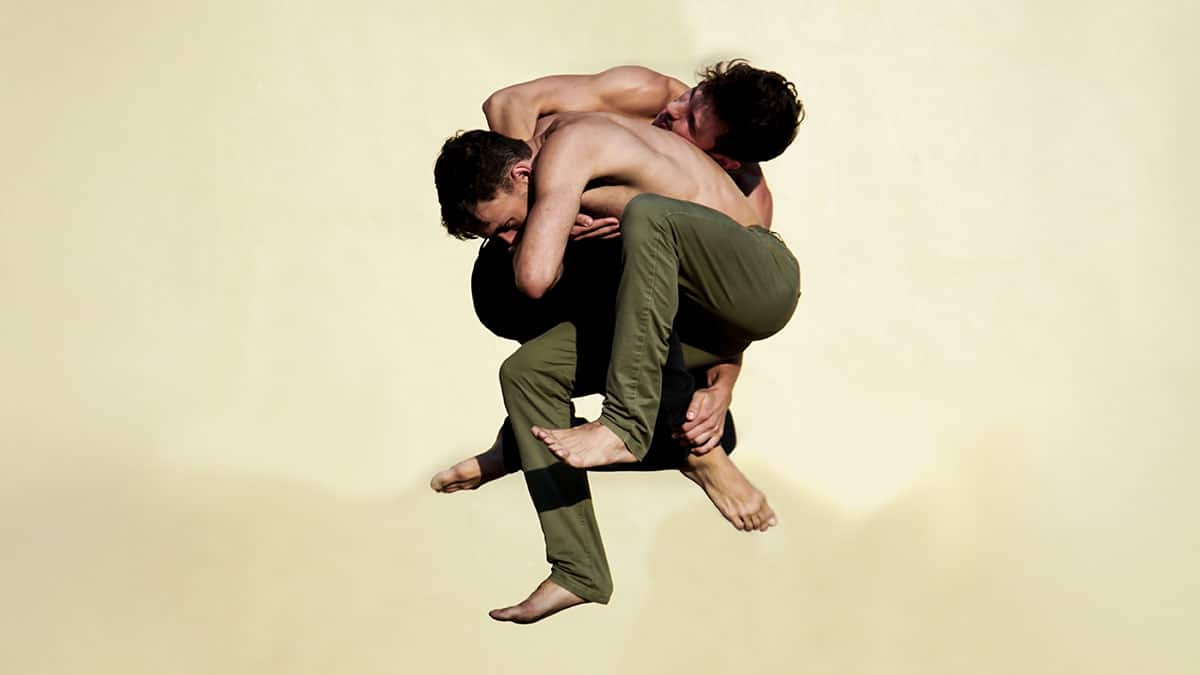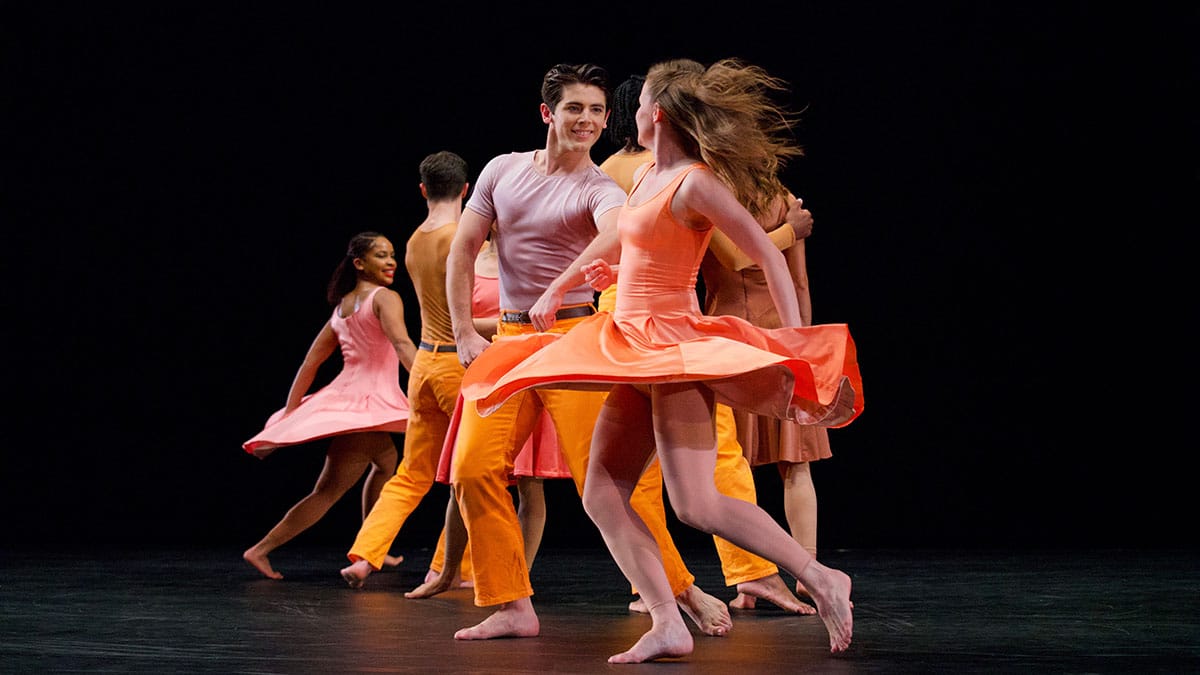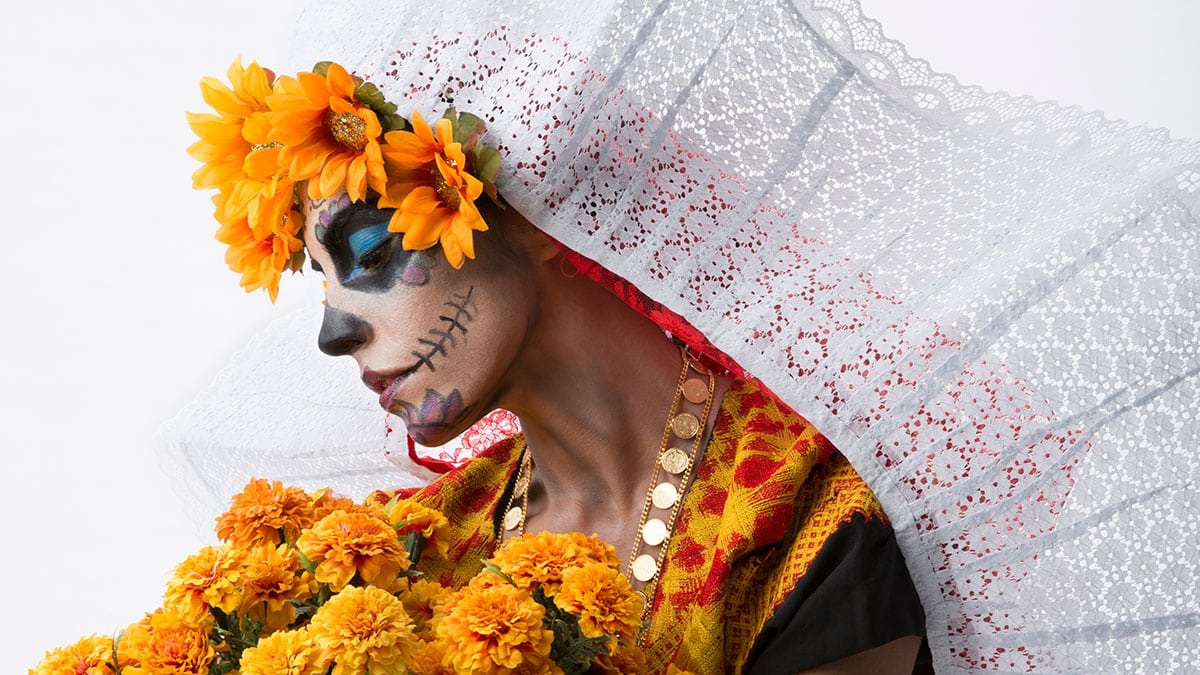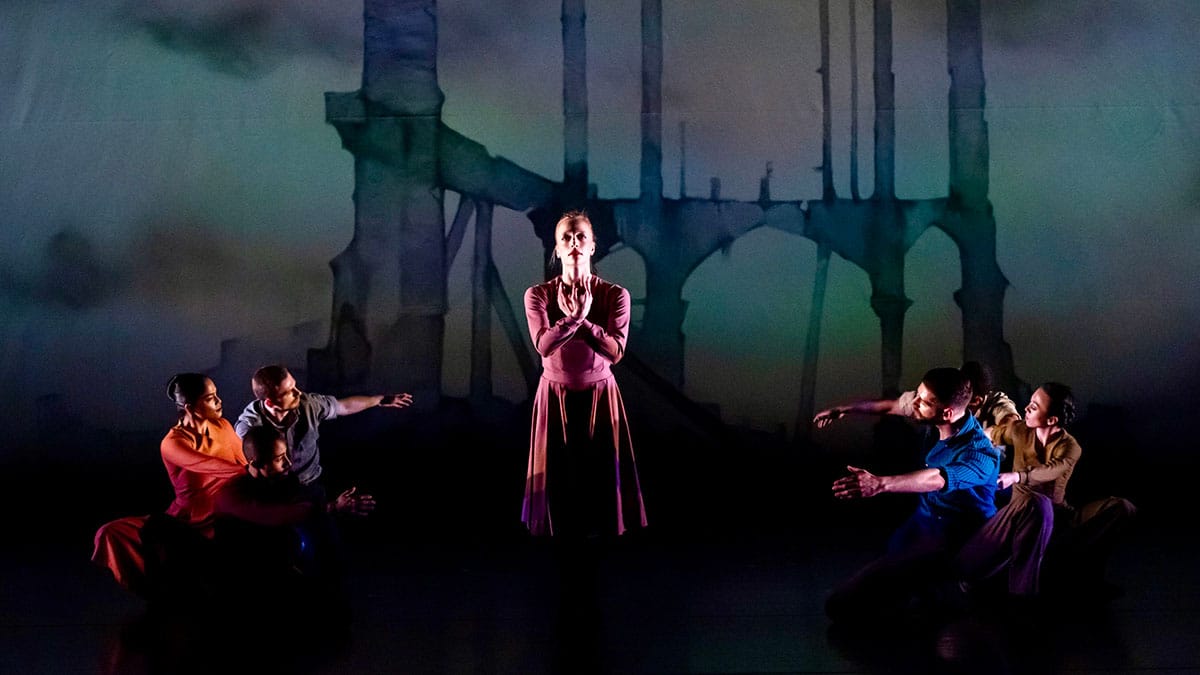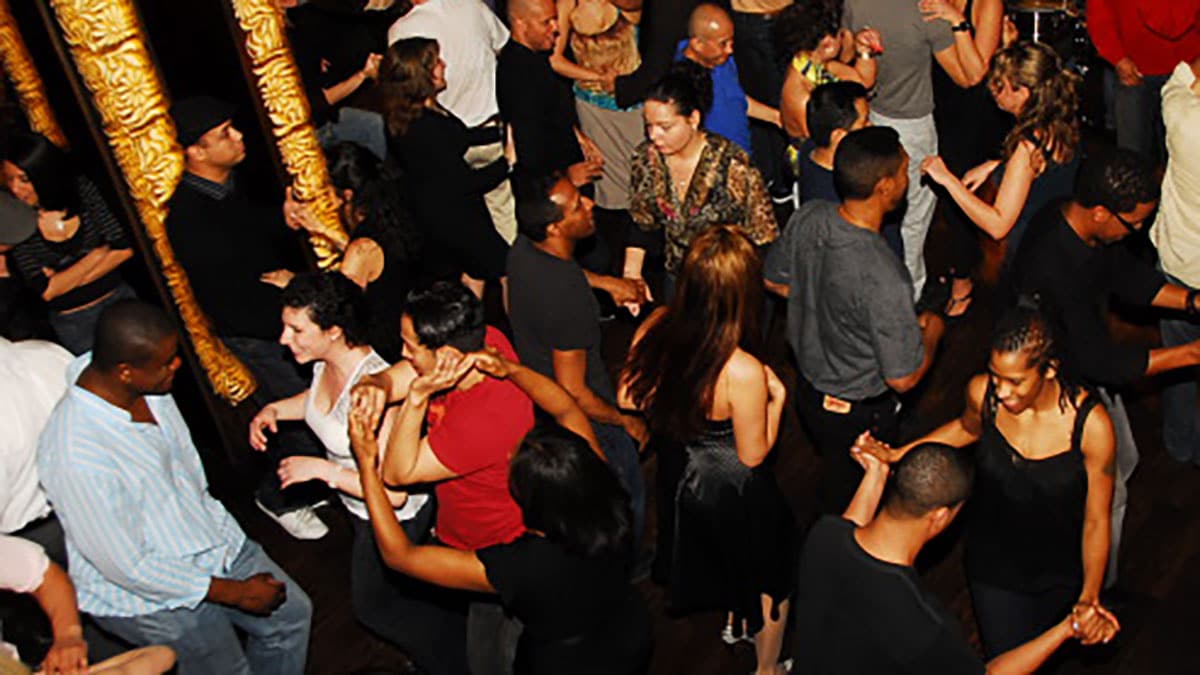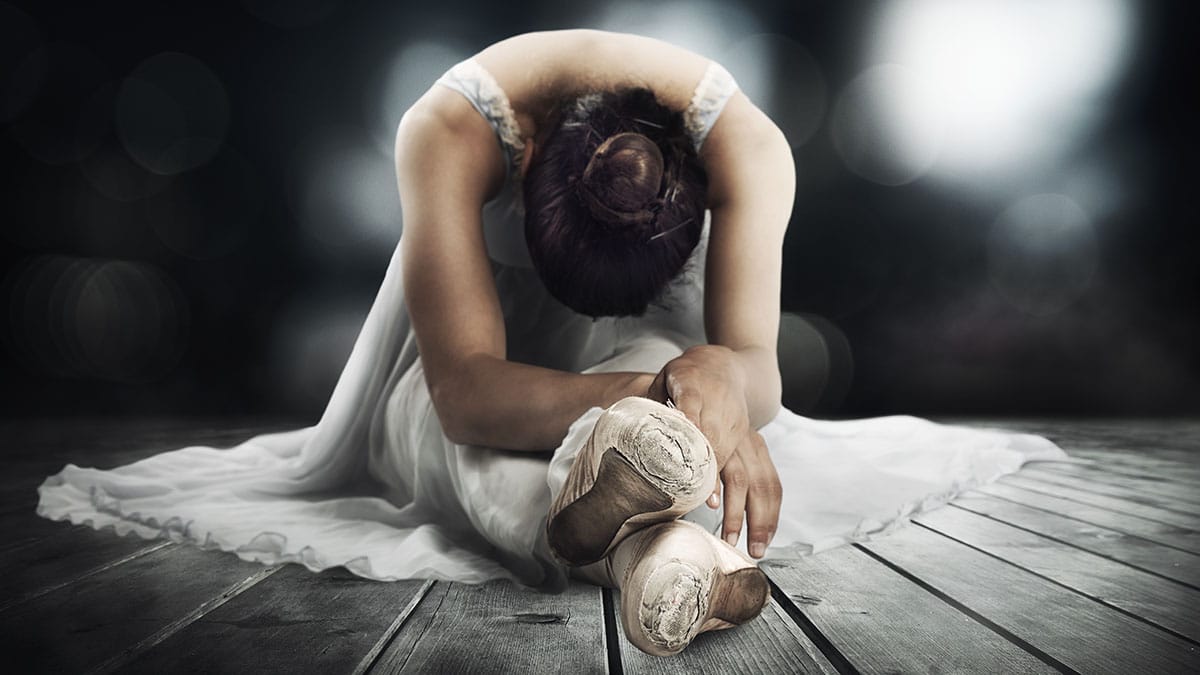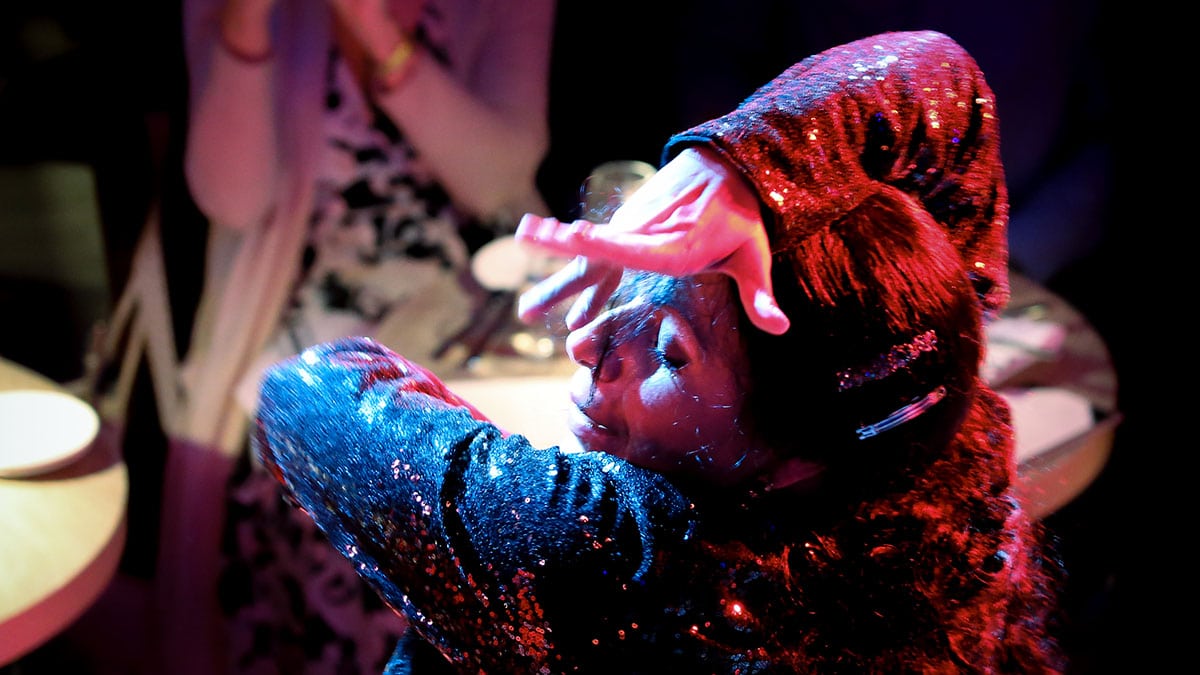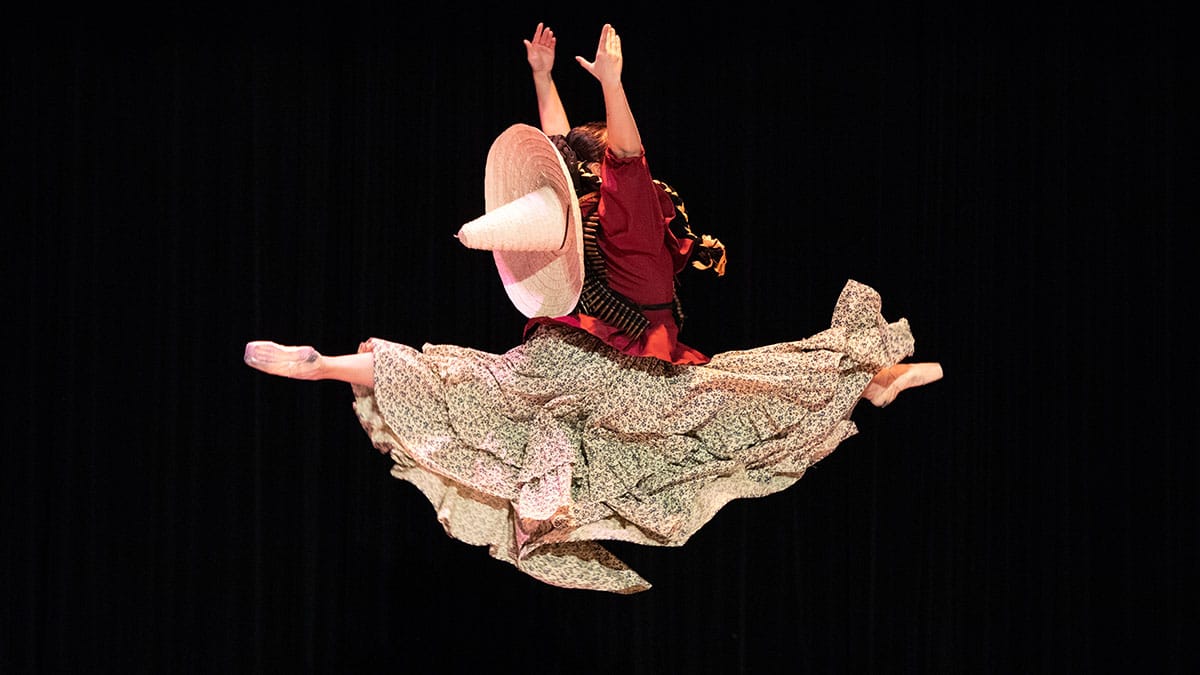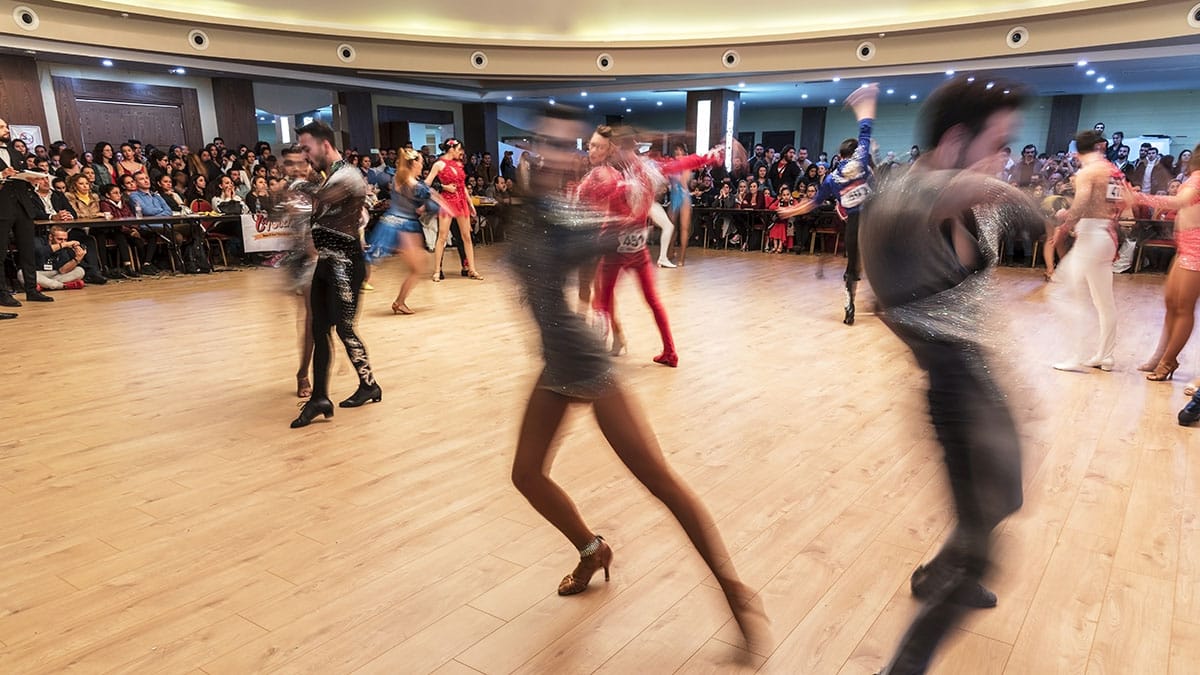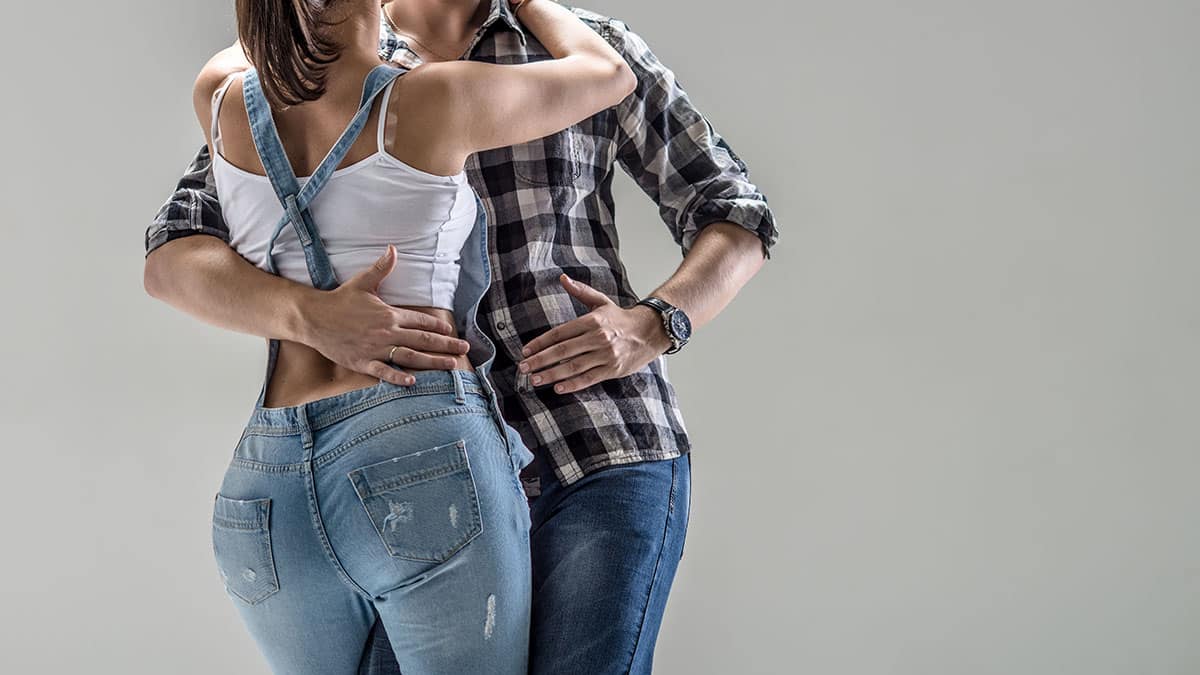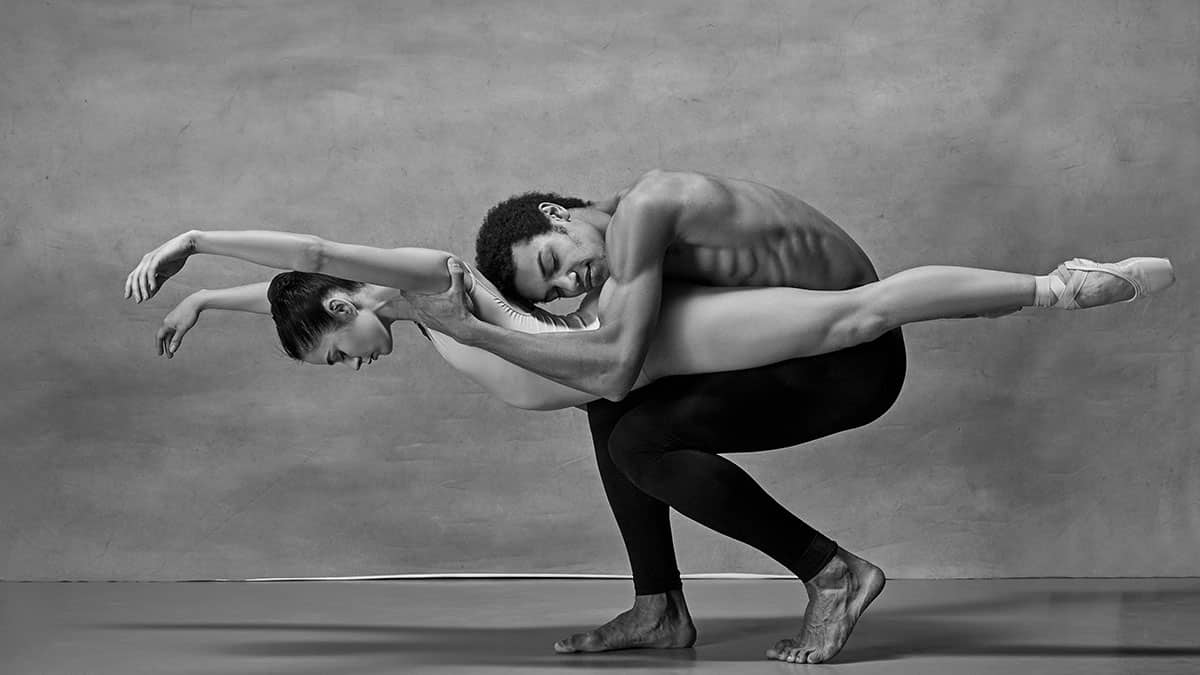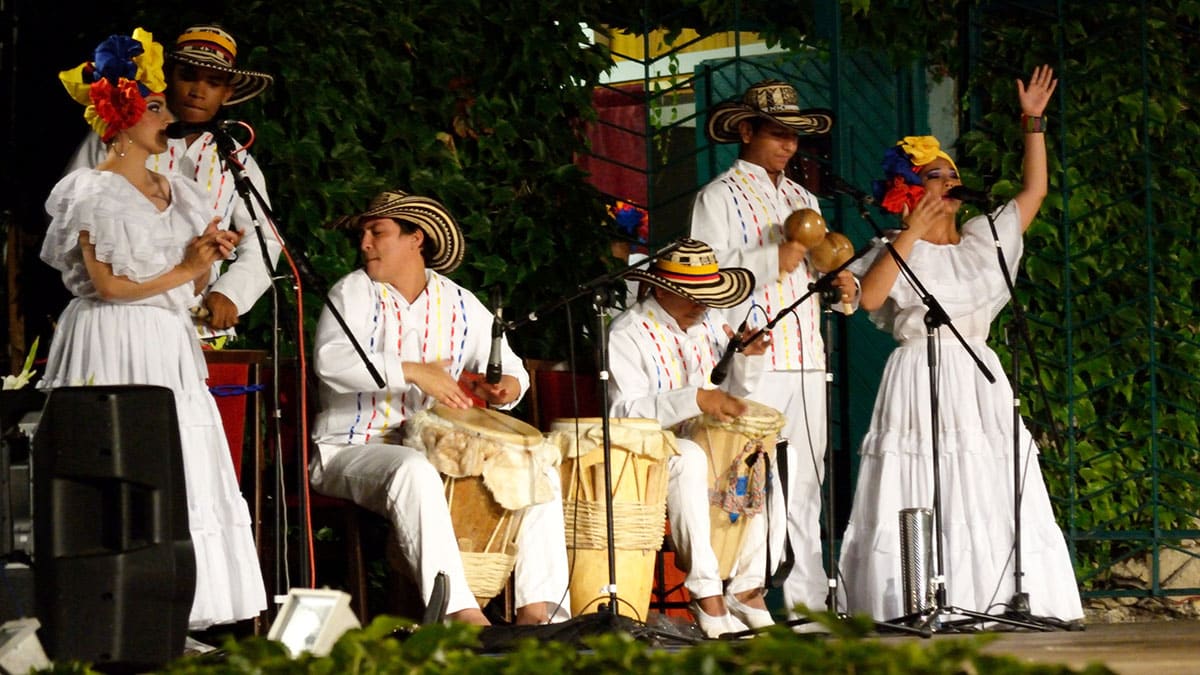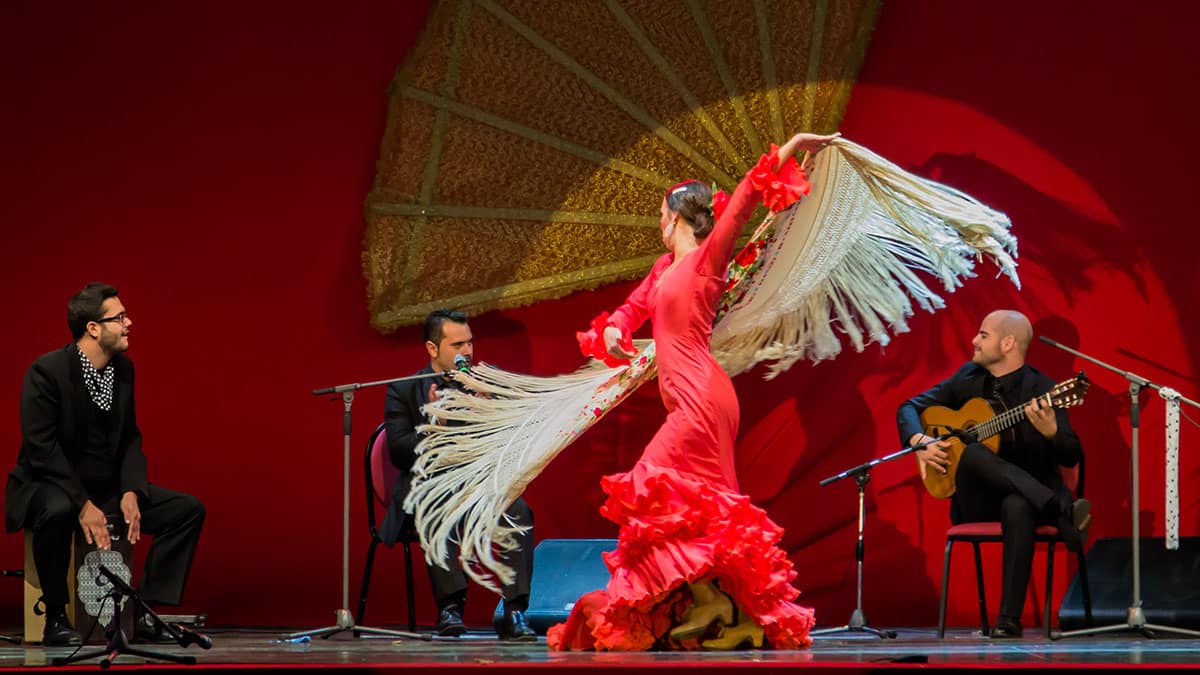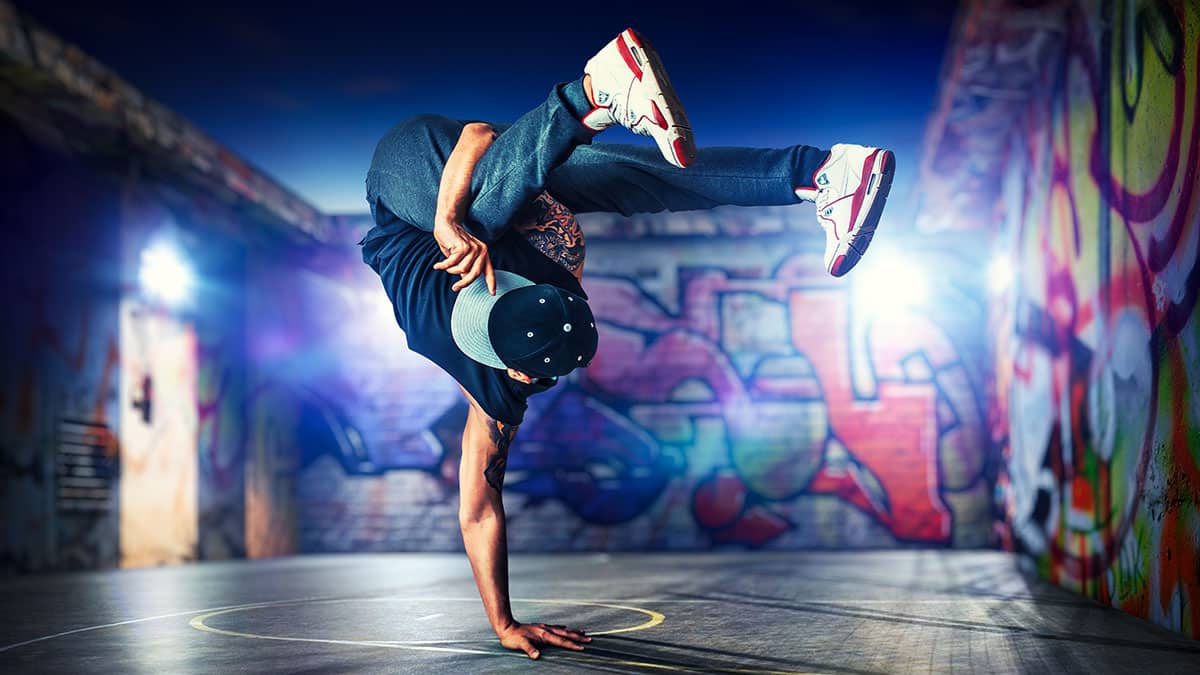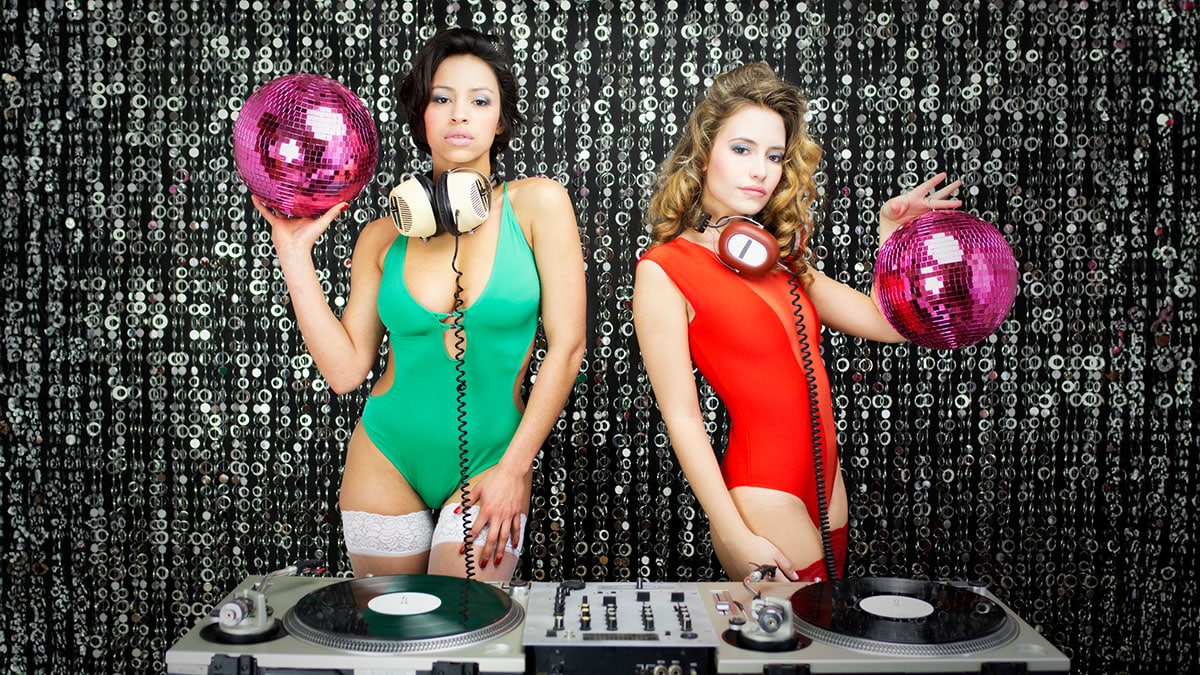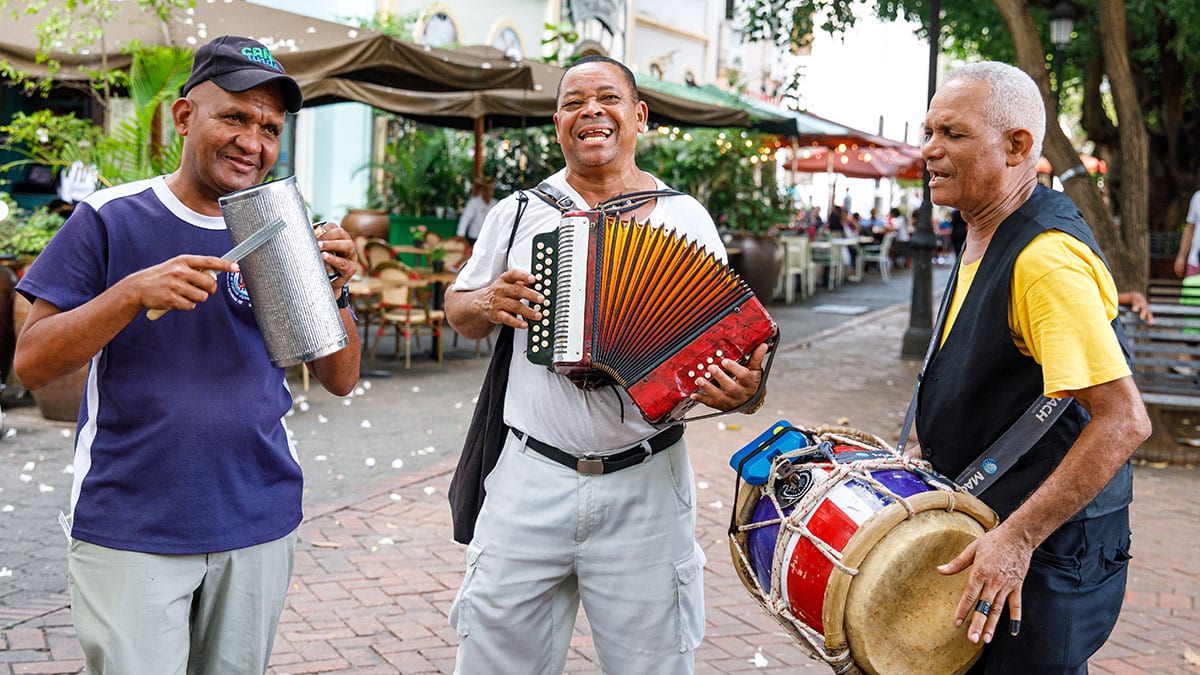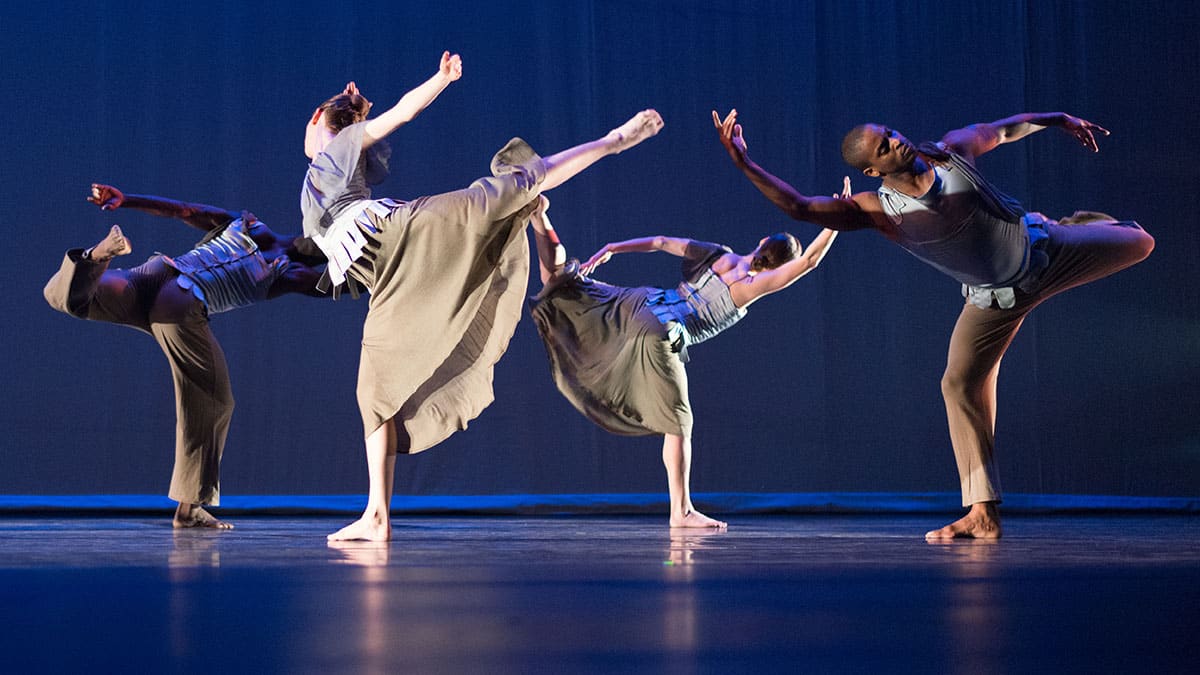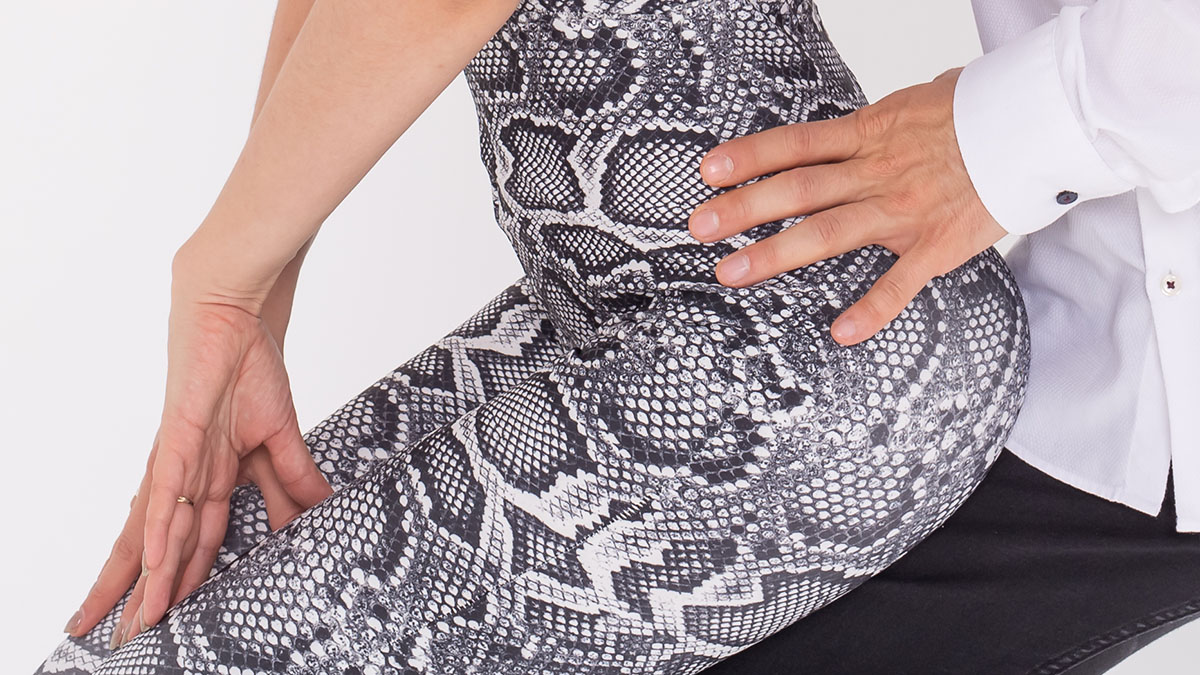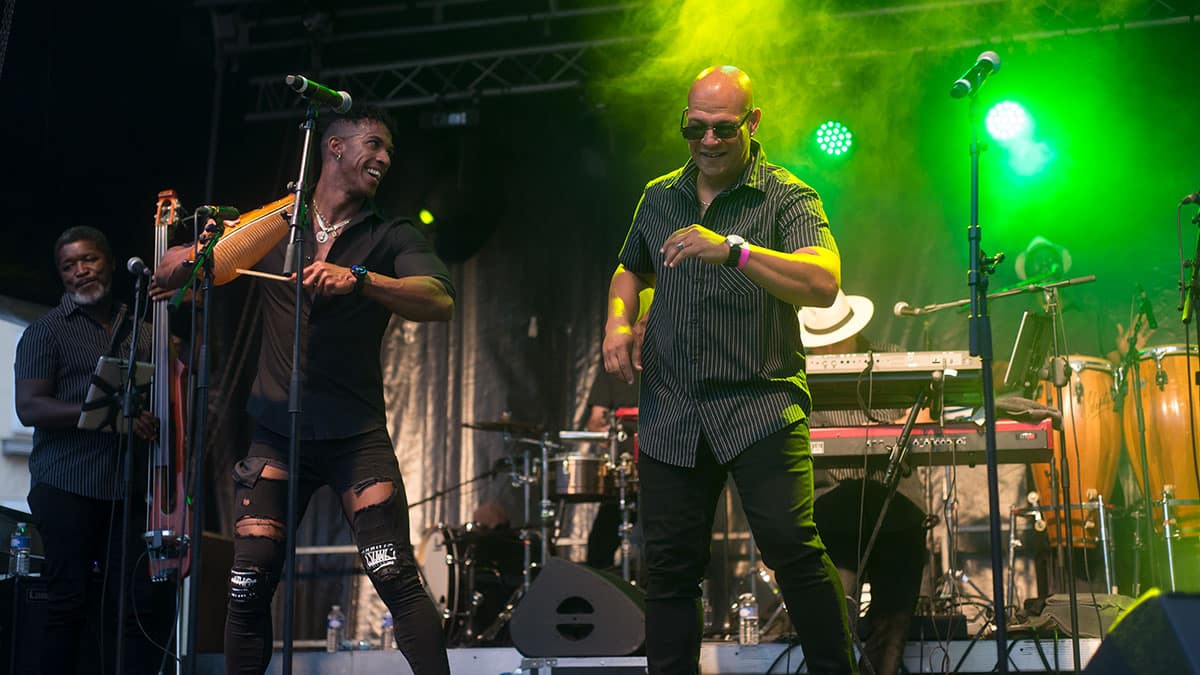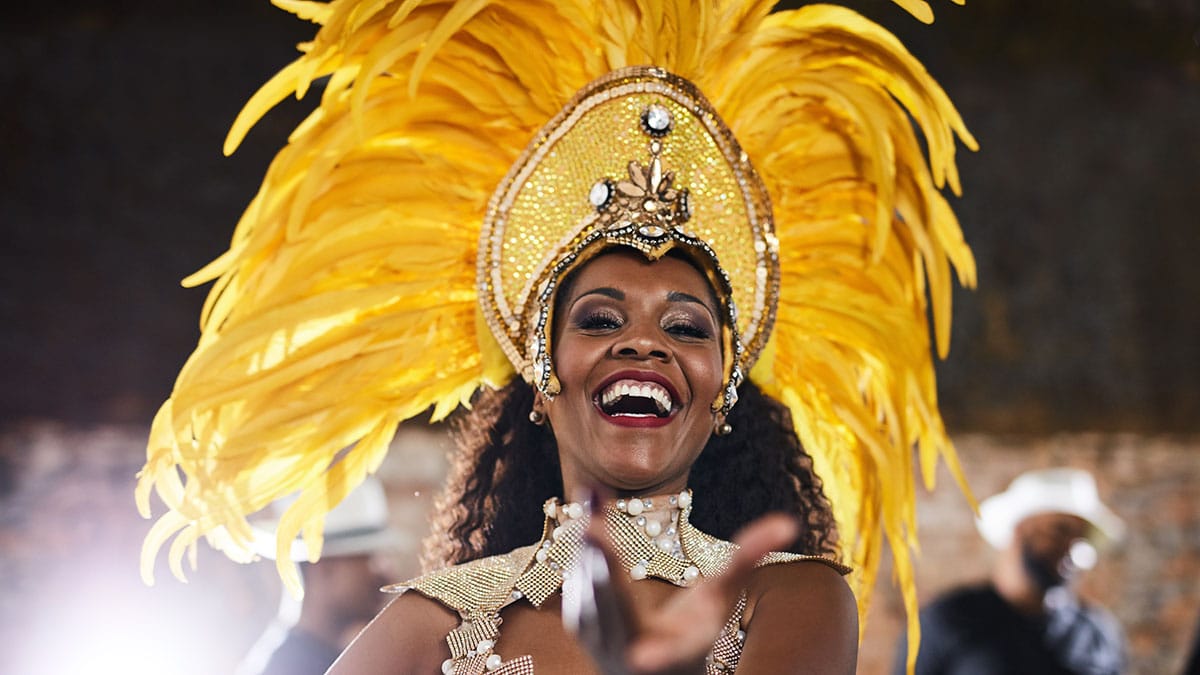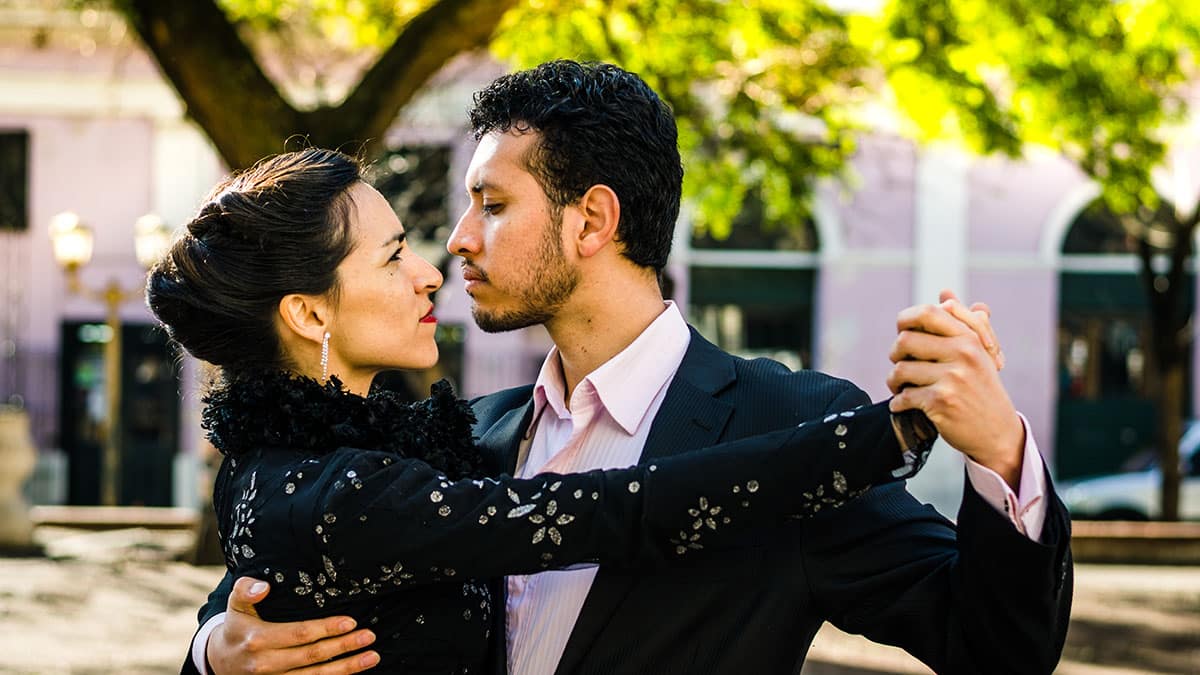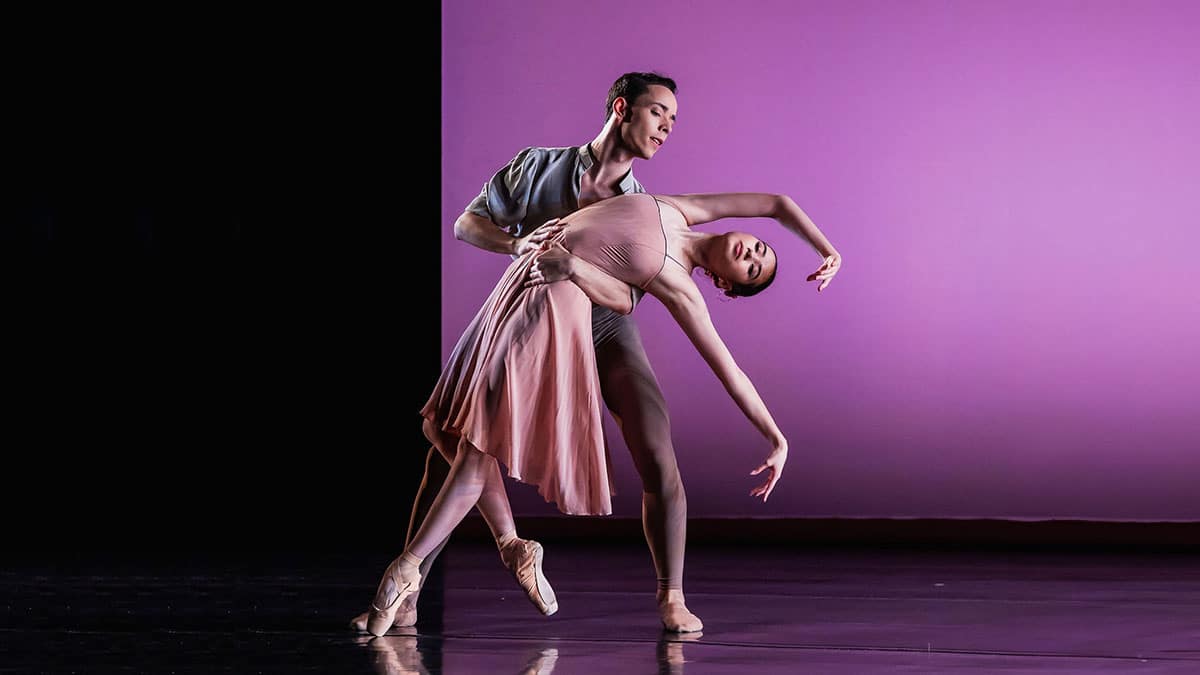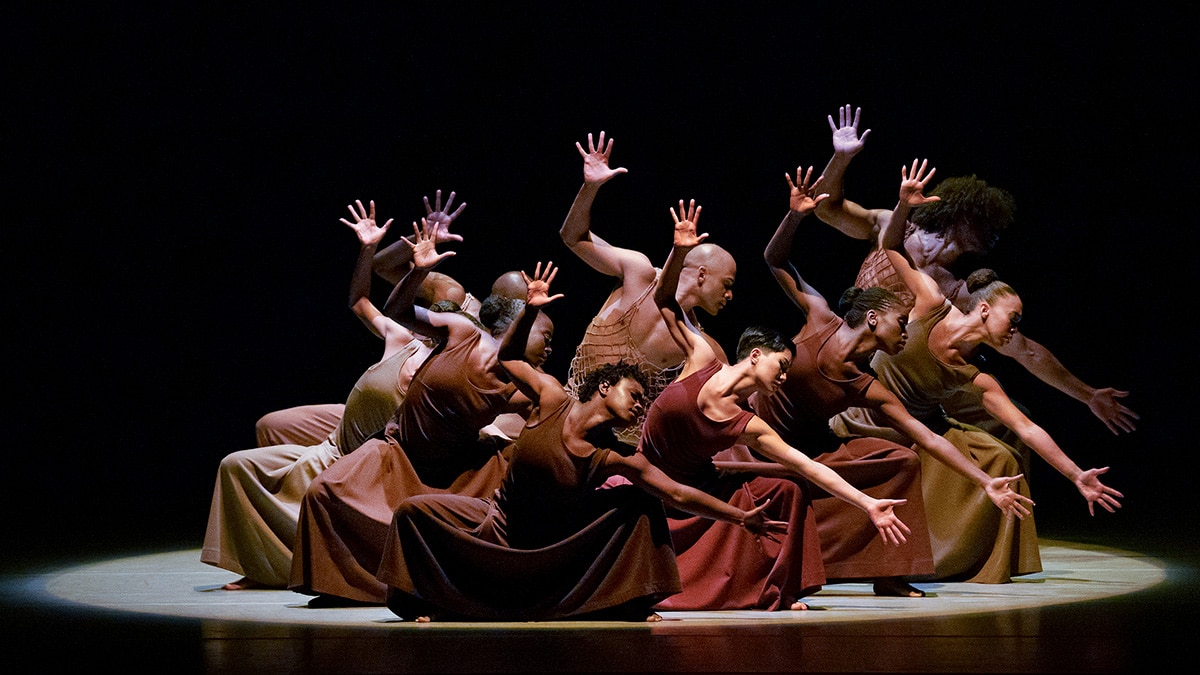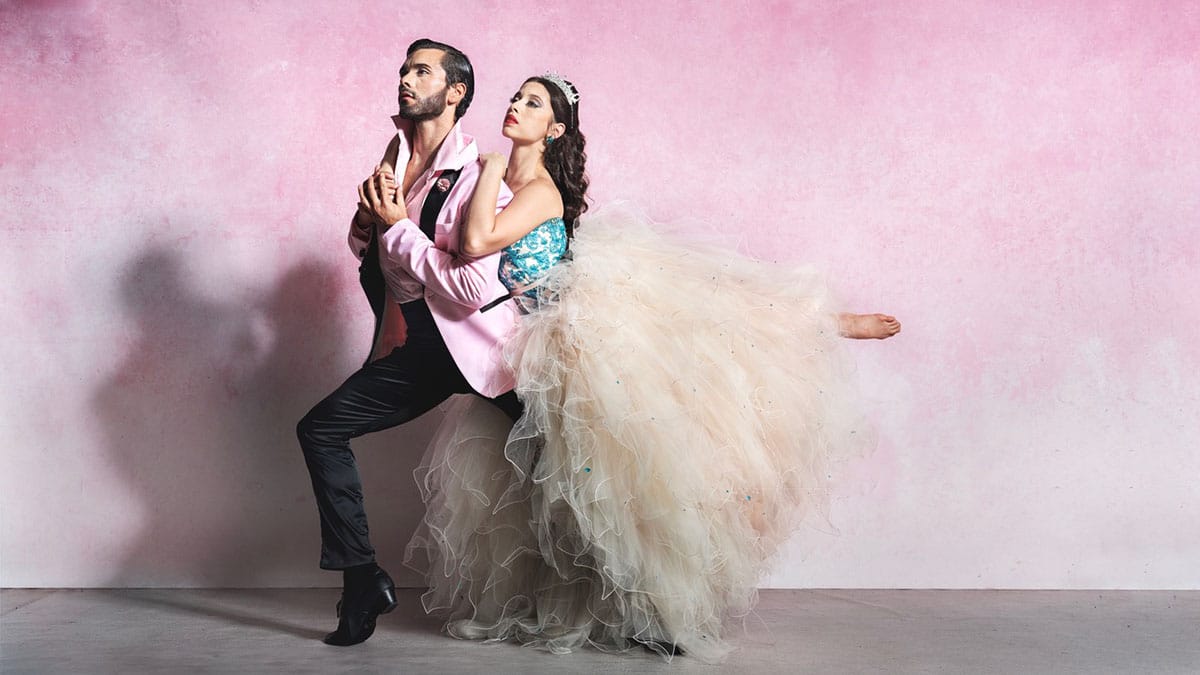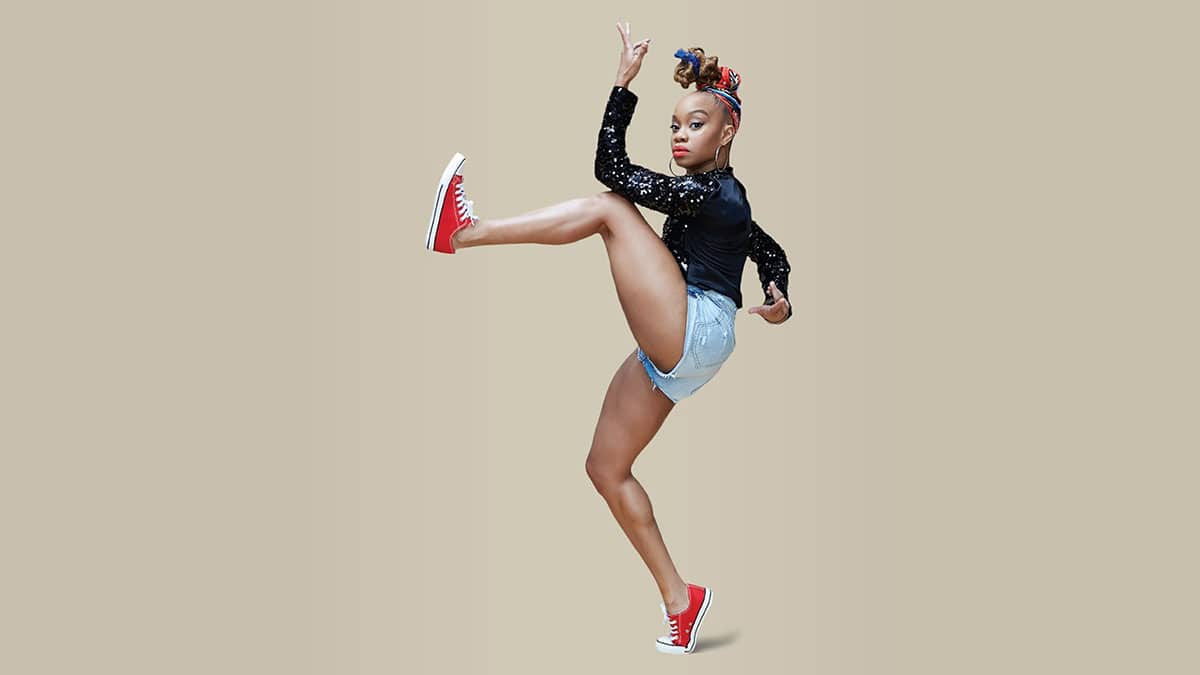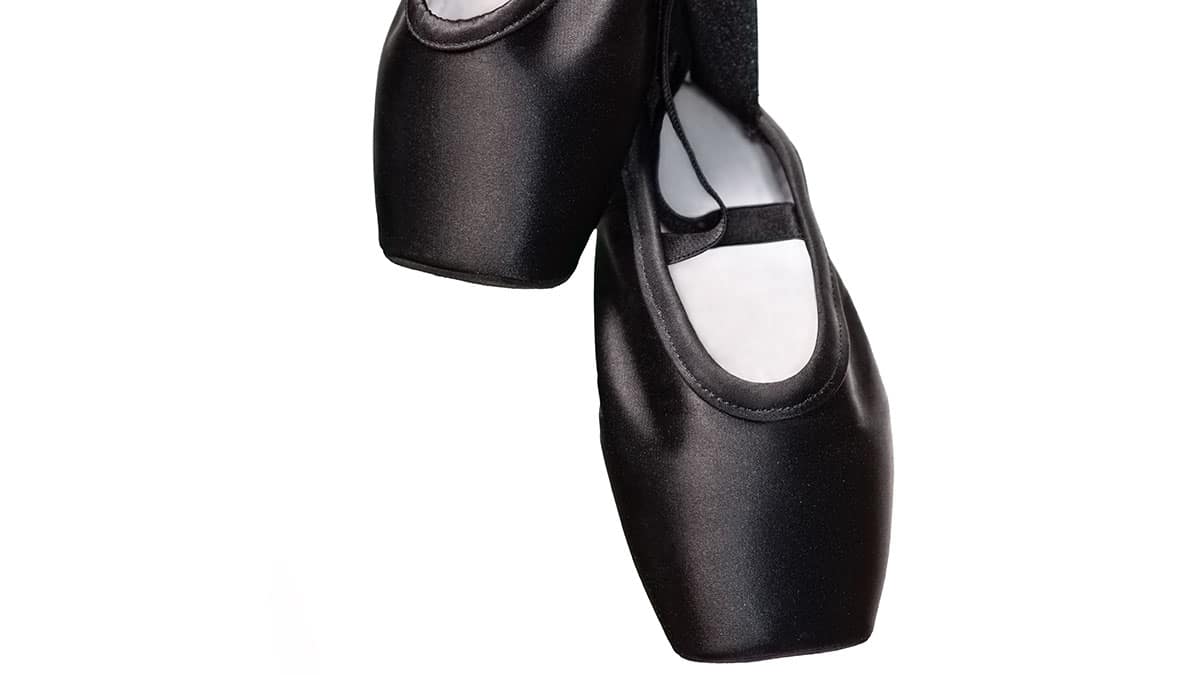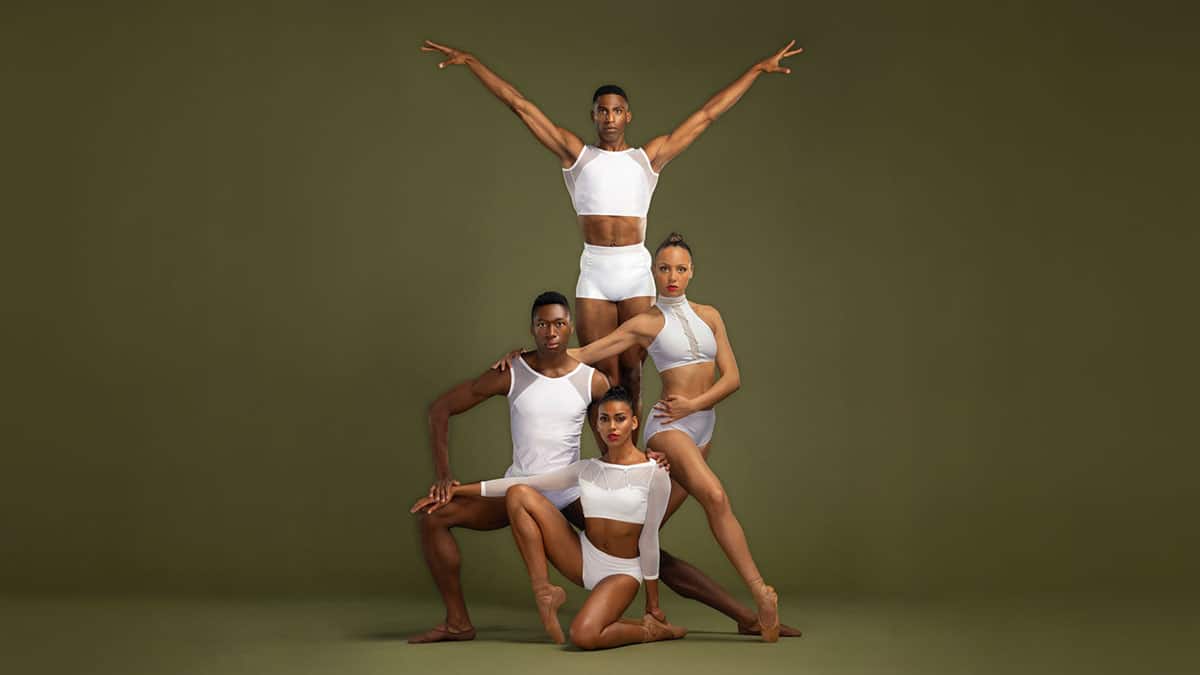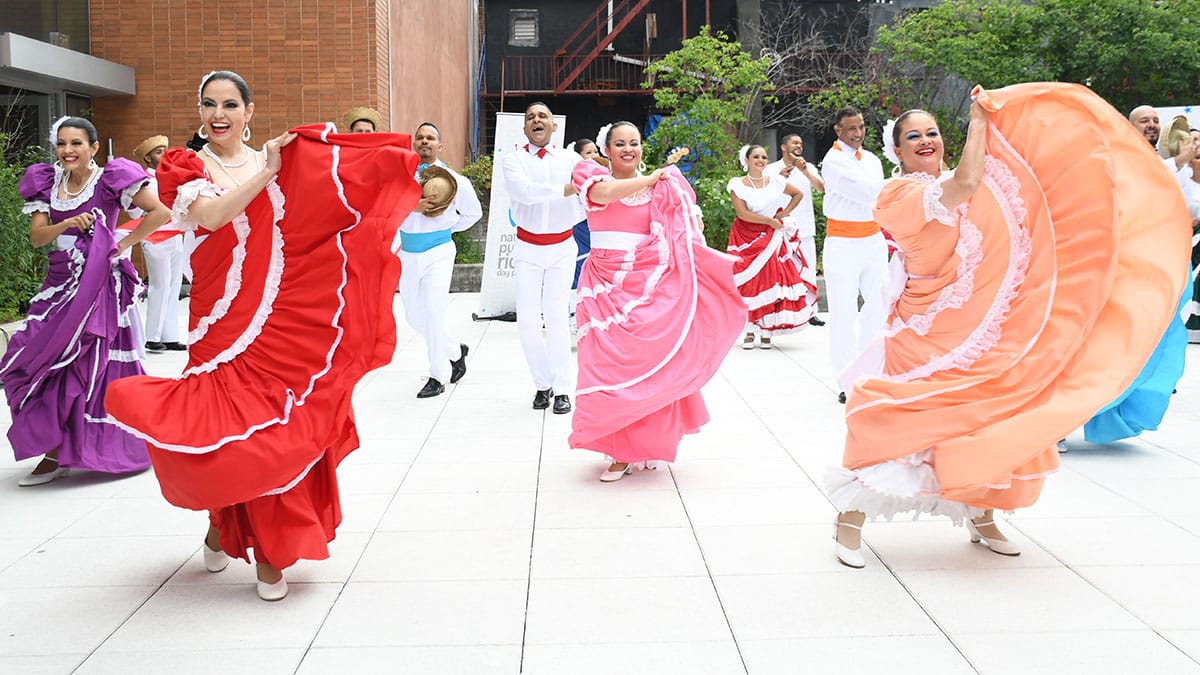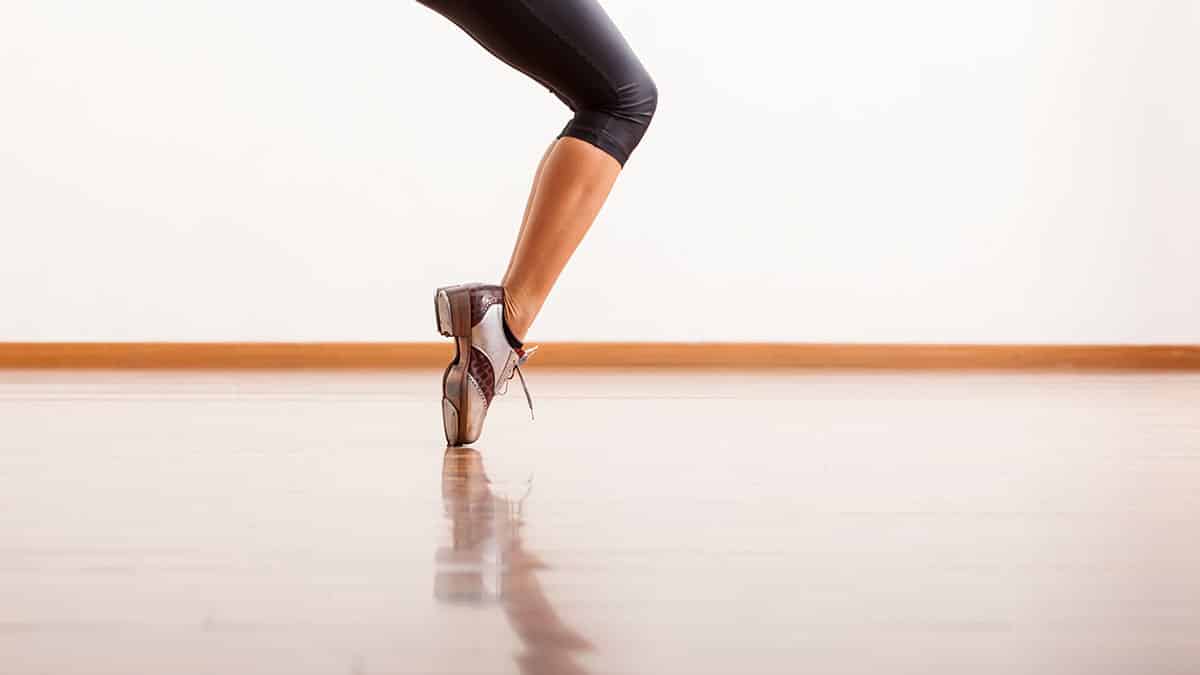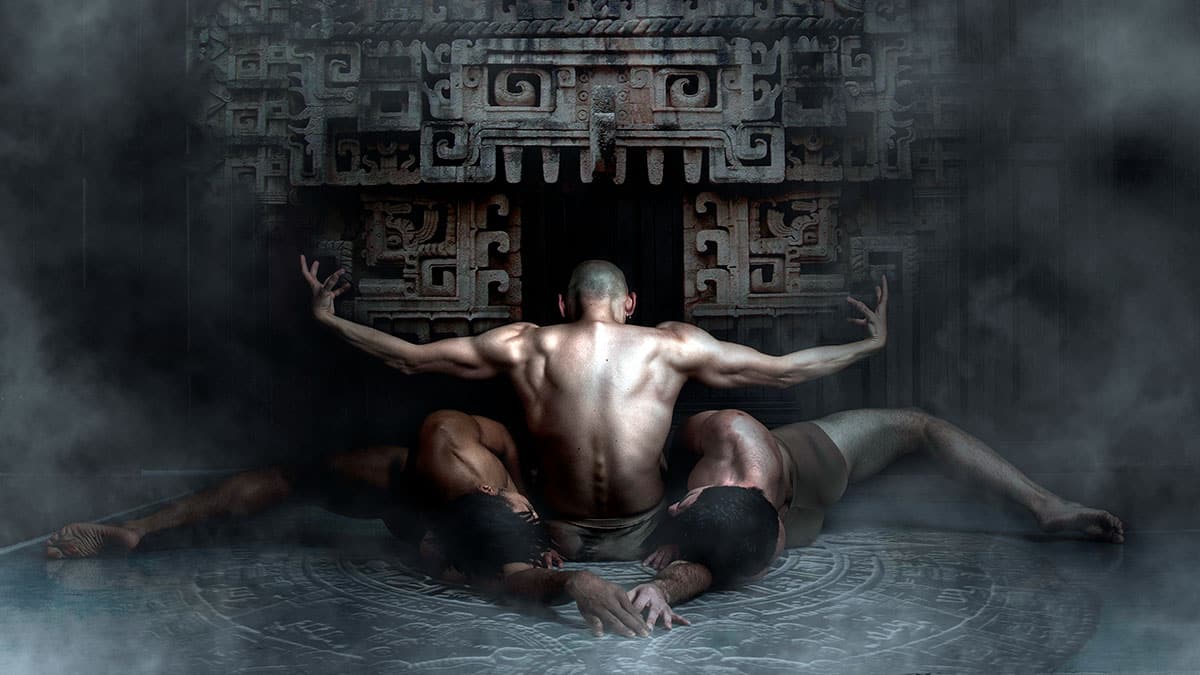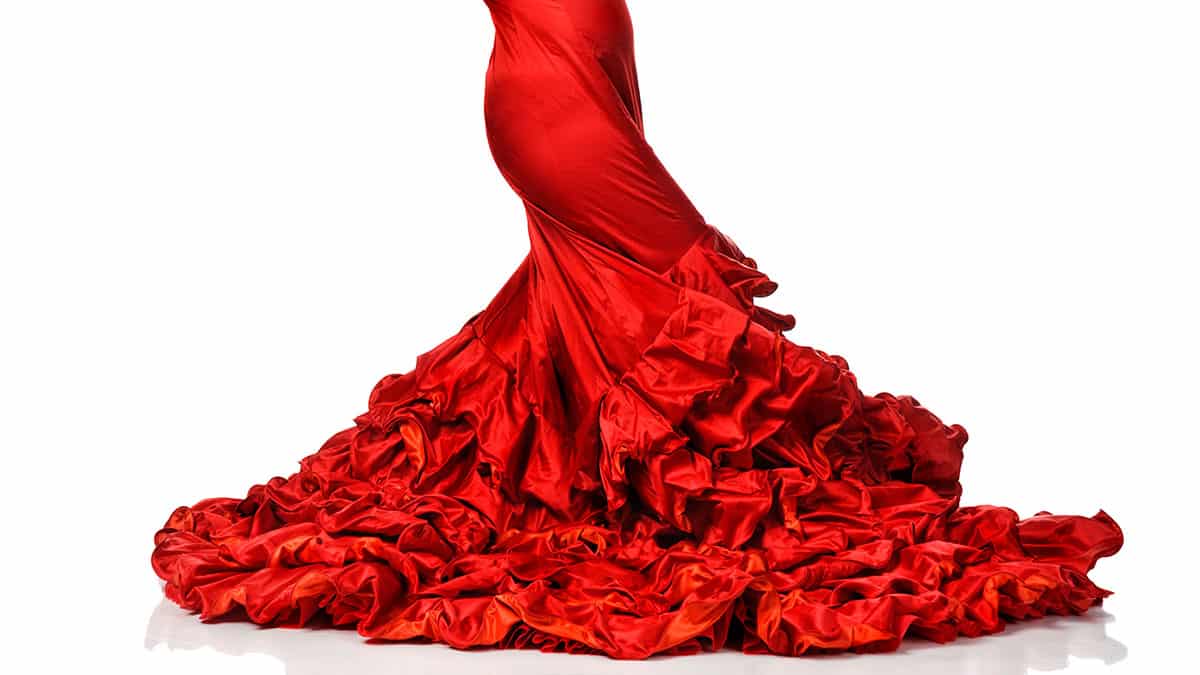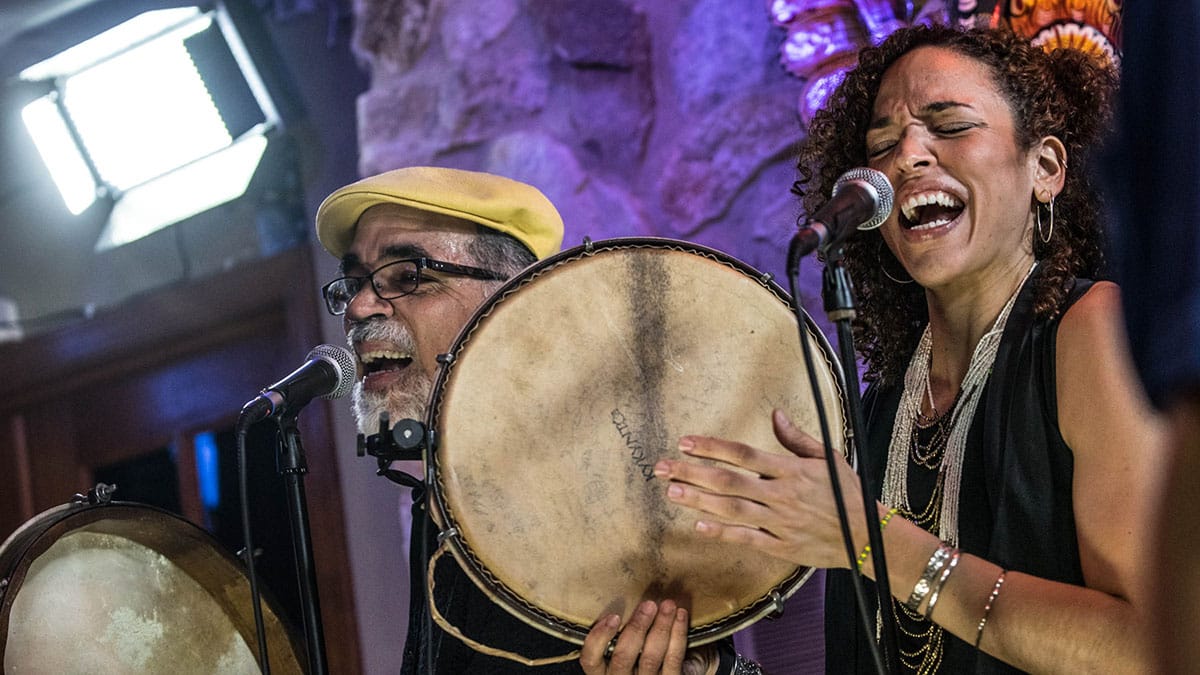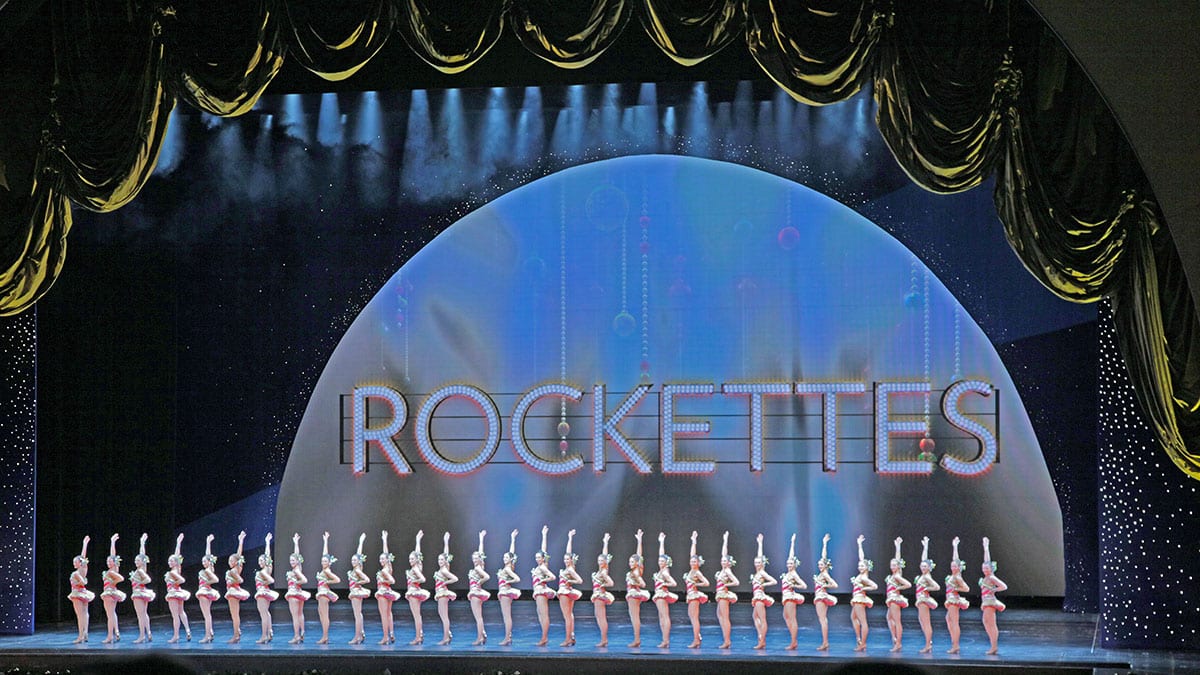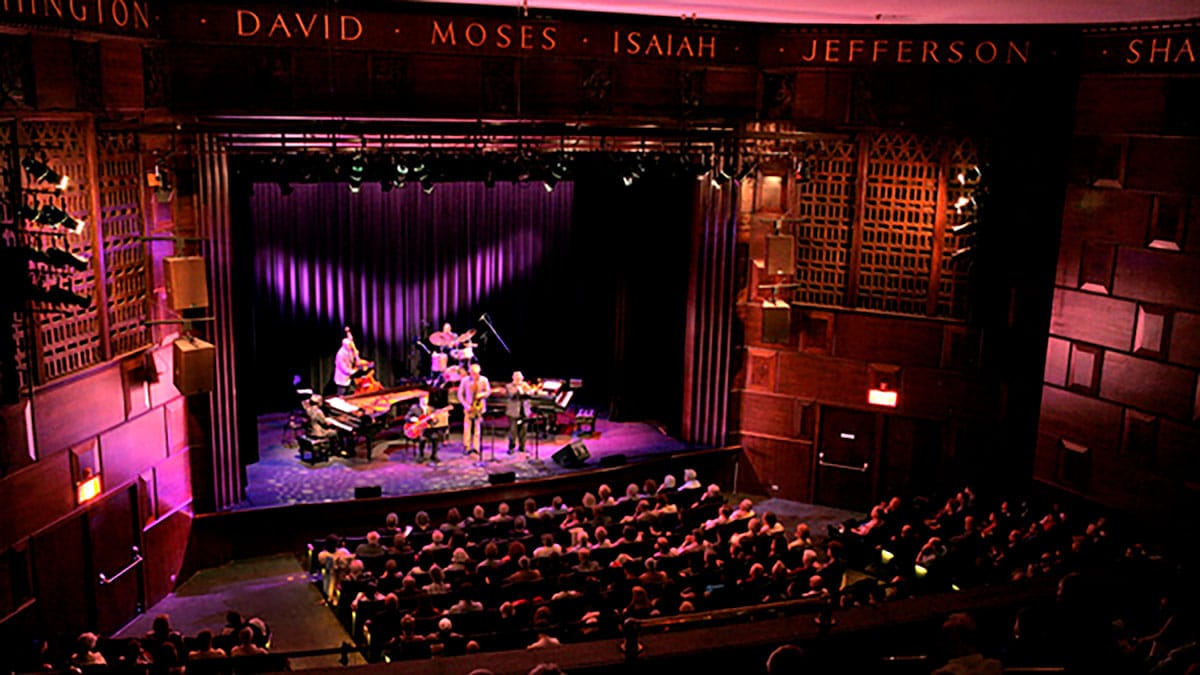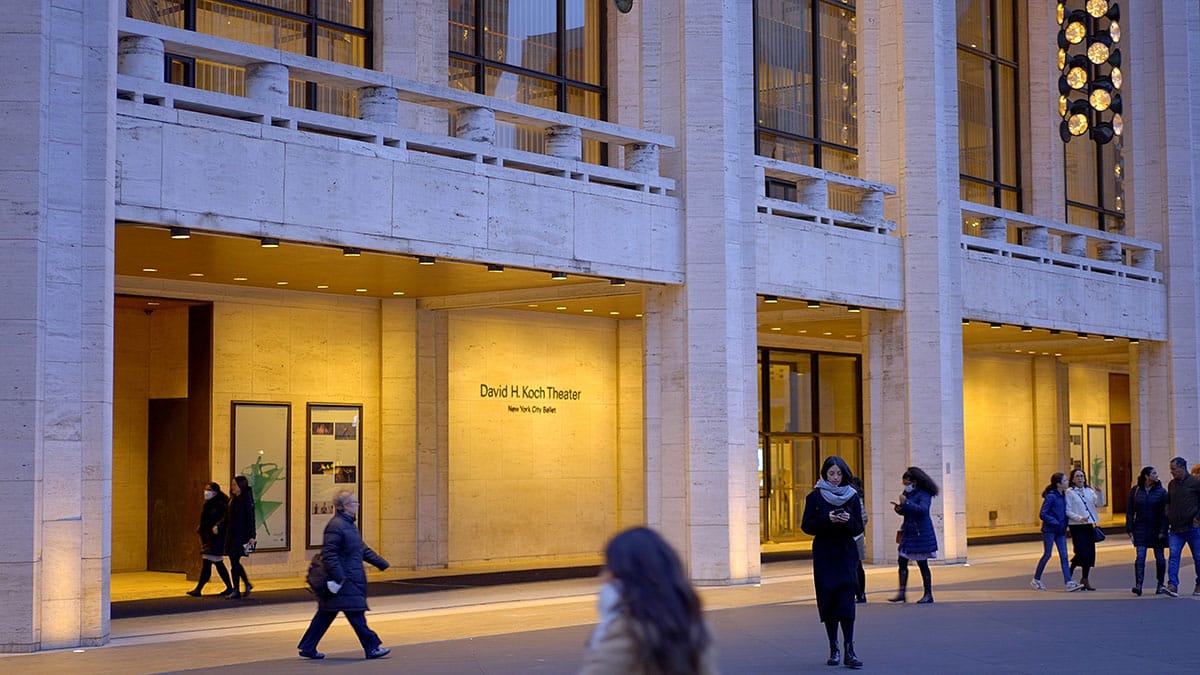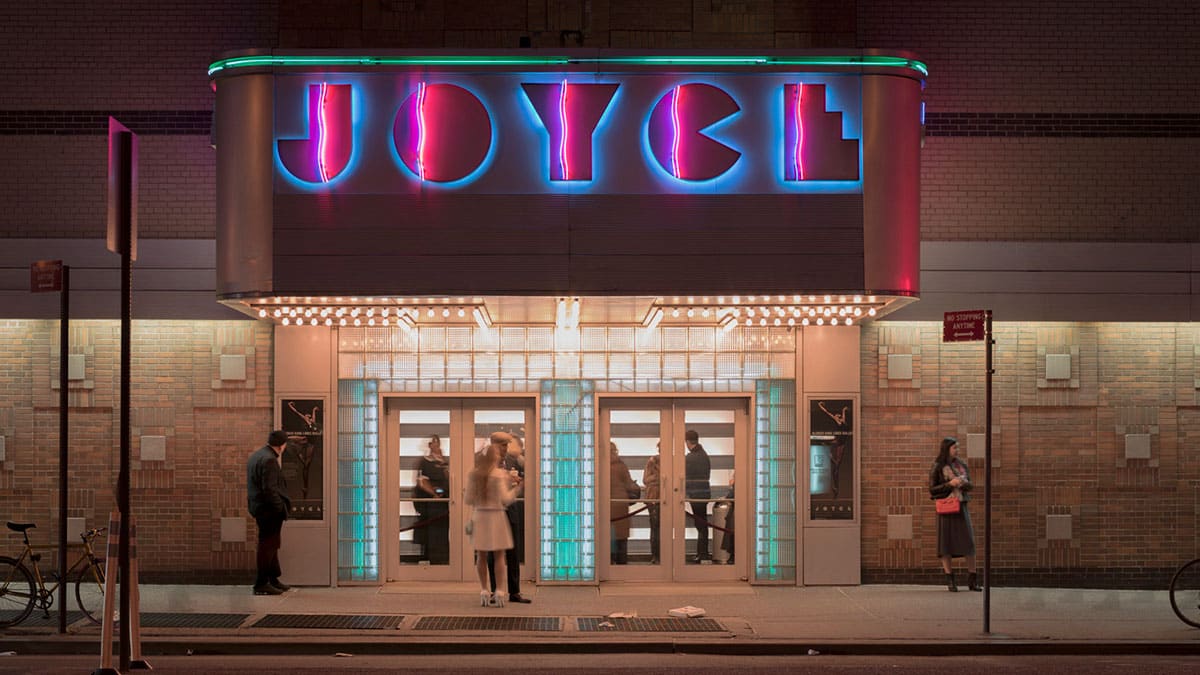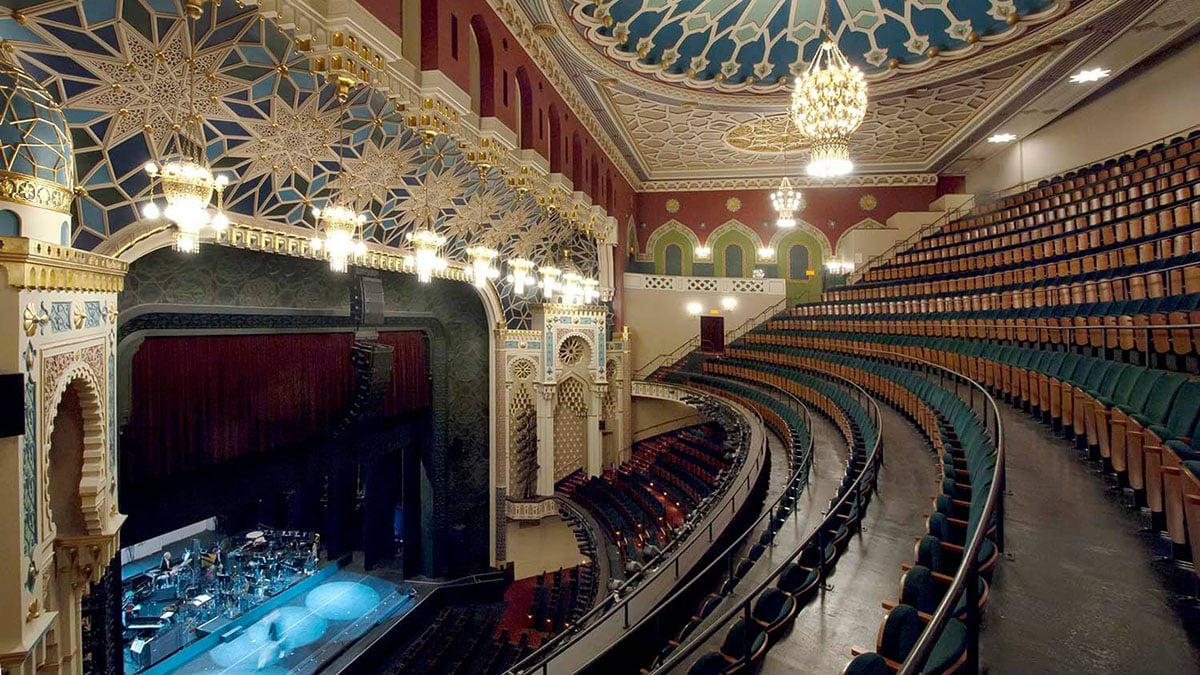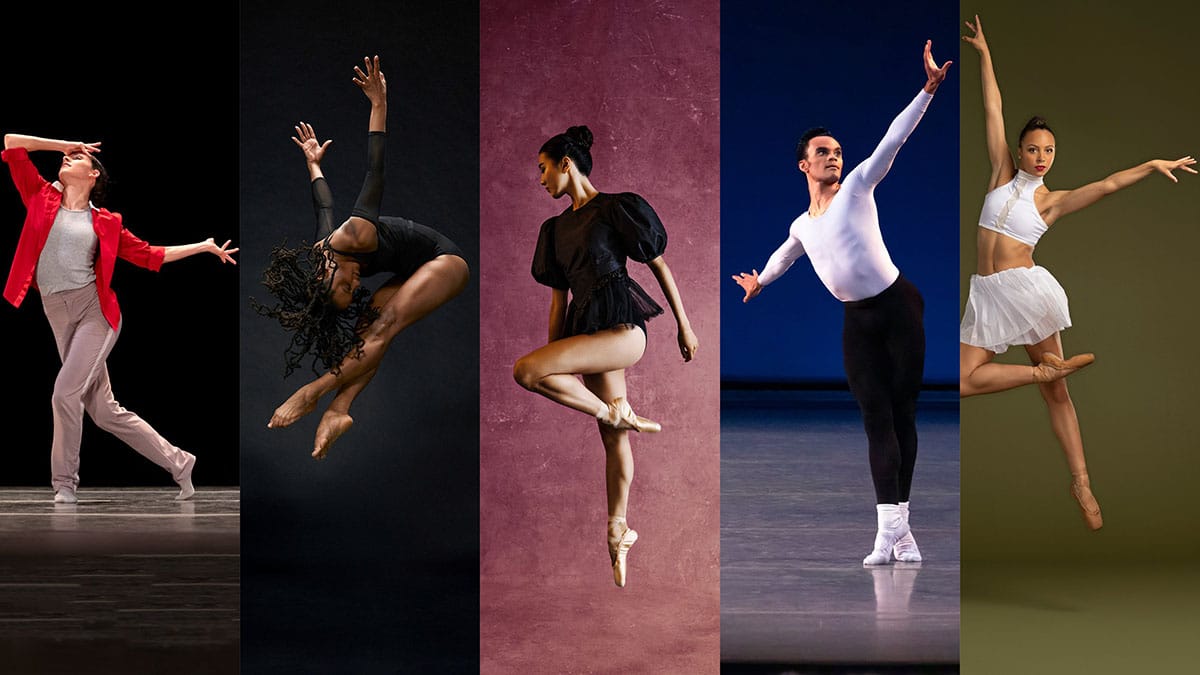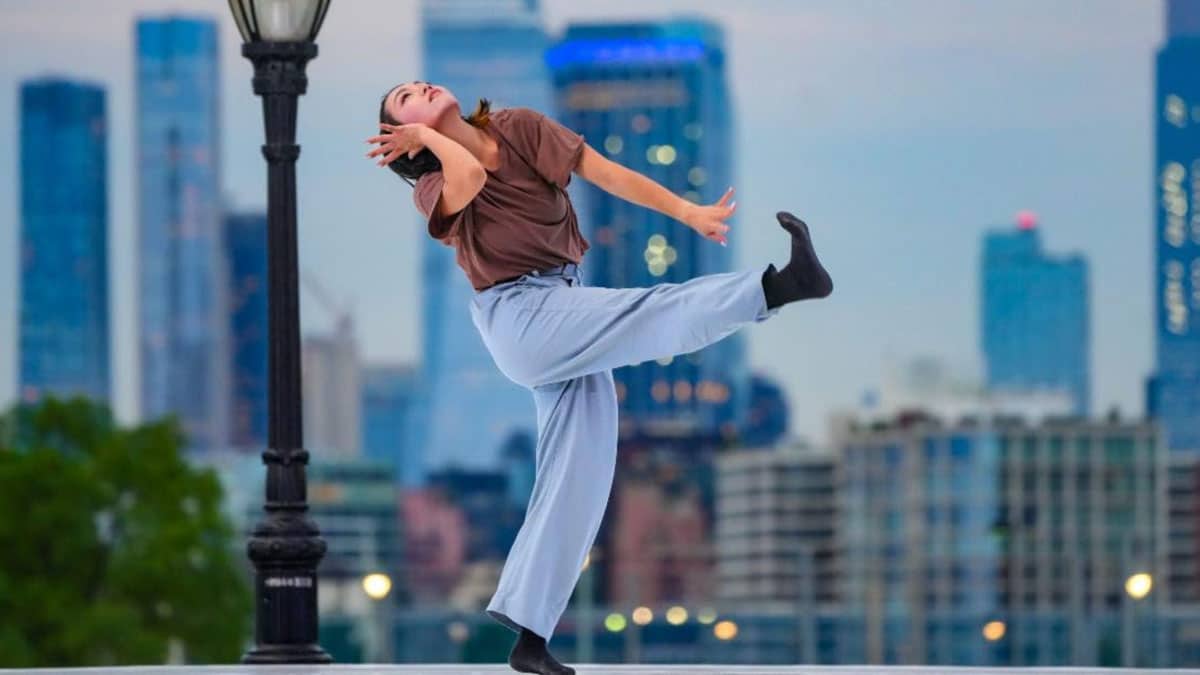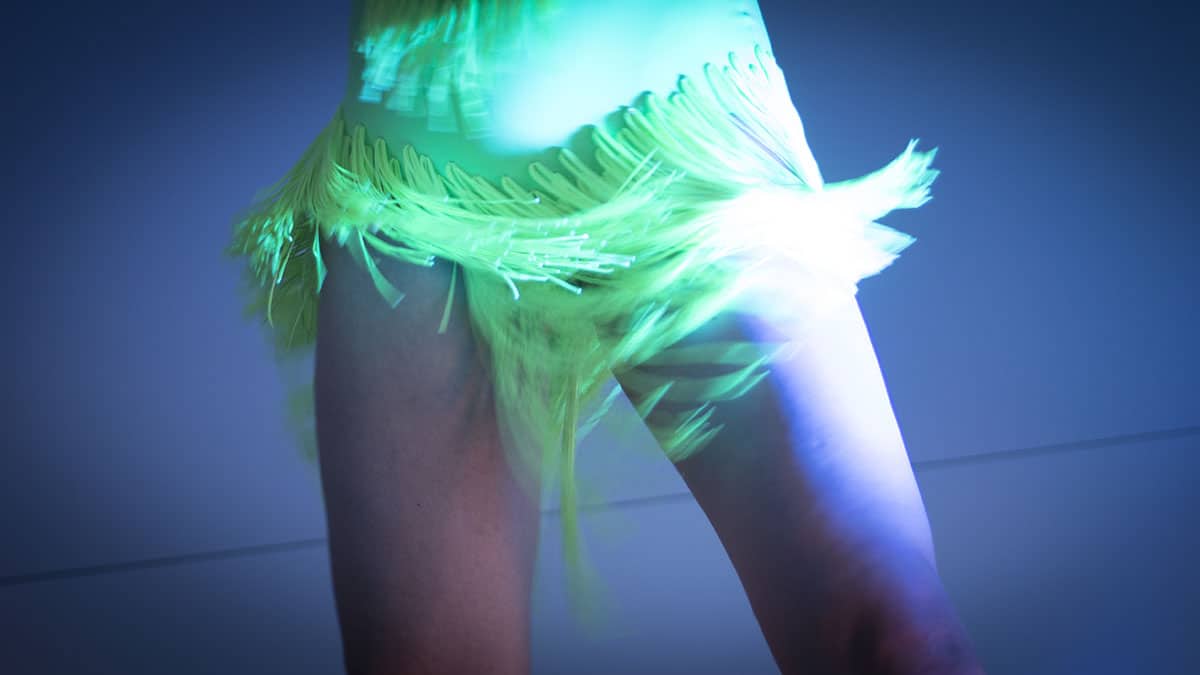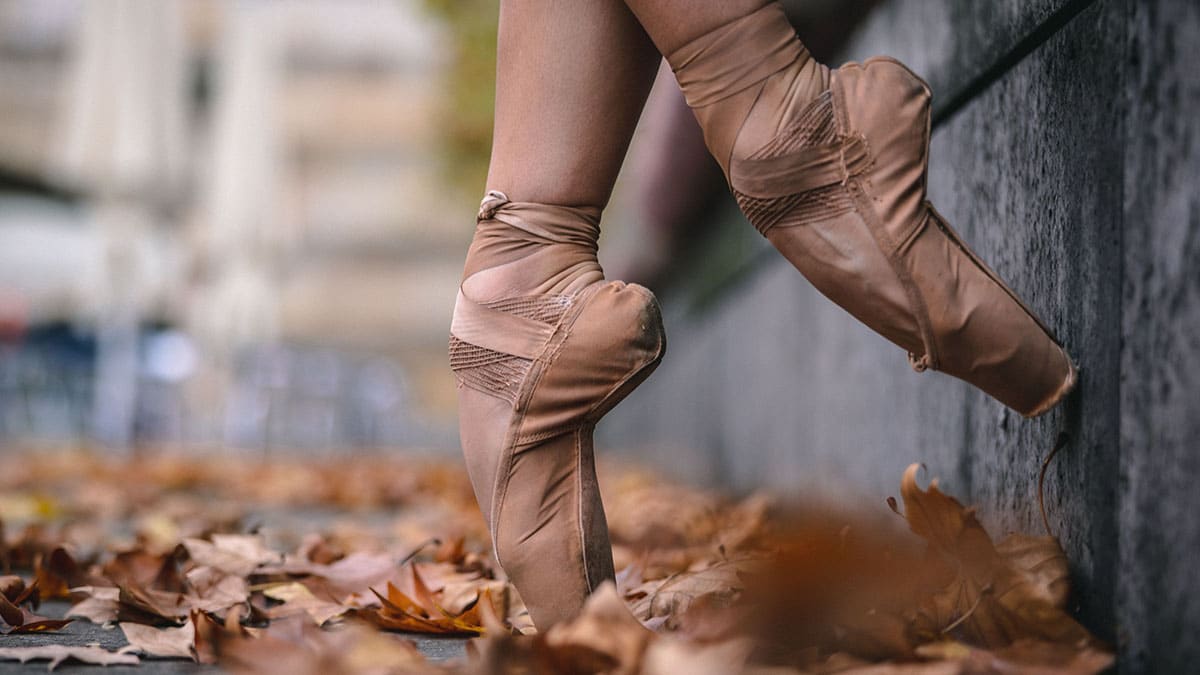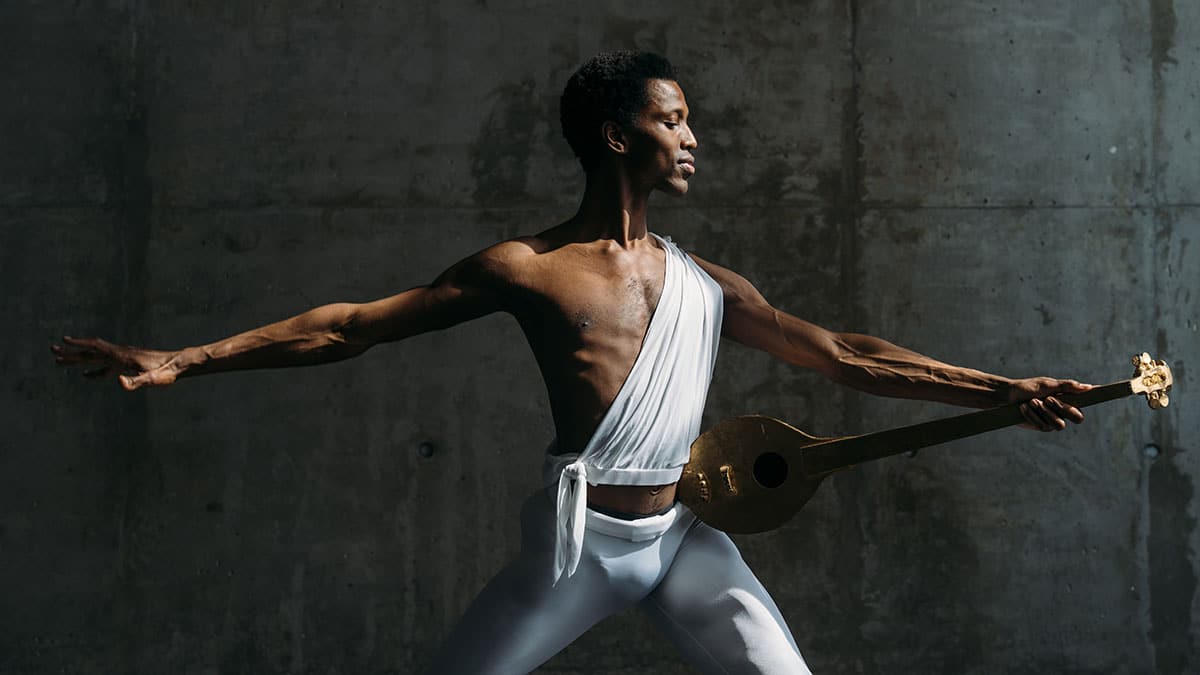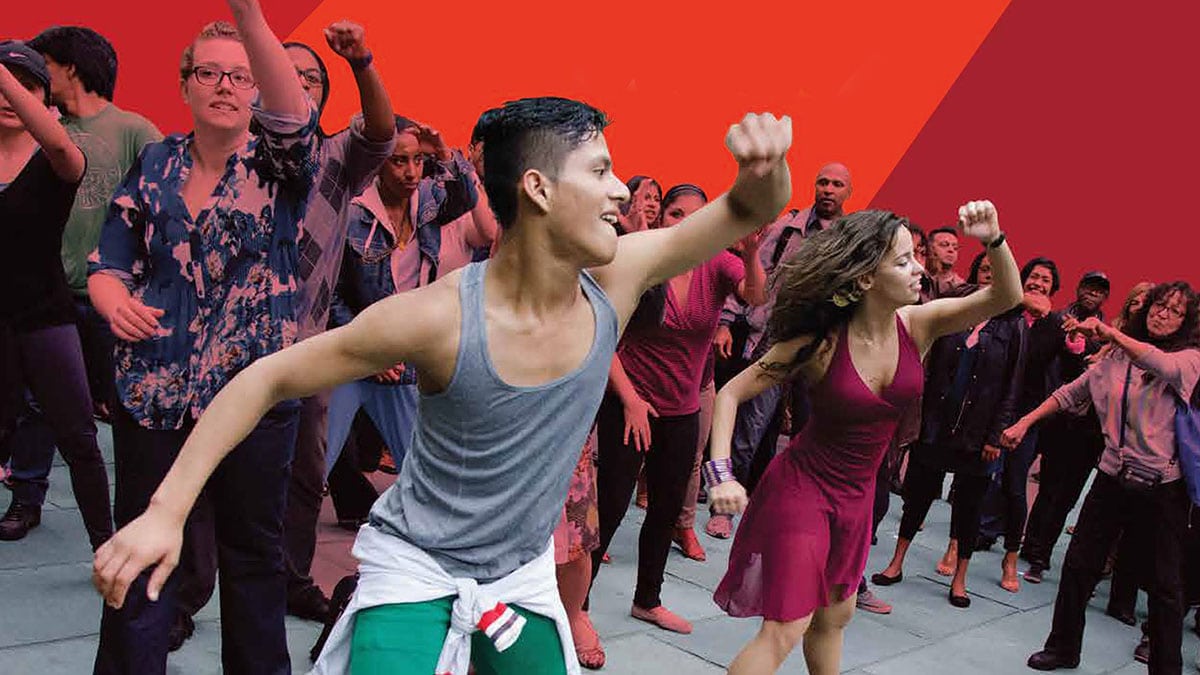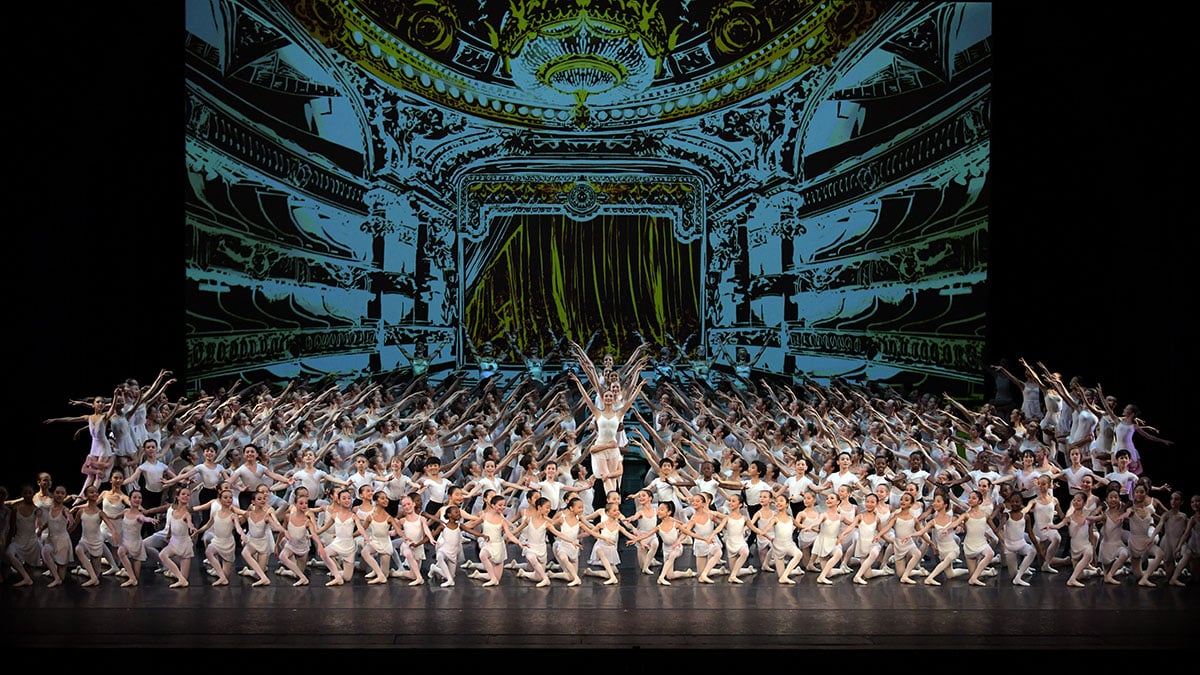Latin Dance in New York City includes: Afro, bachata, ballet, banda, bomba, casino, chacarrera, champeta, cha cha cha, contemporary, cumbia, dem bow, festejo, flamenco, folkloric, forró, hip hop, house, kizomba, kompa, mambo, merengue, méringue, milonga, modern, norteño, perreo, punta, rumba, plena, salsa, reggaeton, samba, son, swing, tango, tap, timba, vals, yanvalou, zouk, and more.
Latin Dance is as Diverse as We Are
Latin Dances
- Afro
- Bachata 🇩🇴 > 🇪🇸
- Ballet 🇫🇷
- Banda 🇲🇽
- Bomba 🇵🇷
- Casino 🇨🇺
- Chacarrera 🇦🇷
- Champeta 🇨🇴
- Cha cha cha 🇨🇺
- Contemporary Dance
- Cumbia 🇨🇴 > 🇲🇽
- Dem bow 🇩🇴
- Festejo 🇵🇪
- Flamenco 🇪🇸
- Folkloric Dance
- Forró 🇧🇷
- Hip hop 🇺🇸
- House 🇺🇸
- Kizomba 🇦🇴
- Kompa 🇭🇹
- Mambo 🇨🇺
- Merengue 🇩🇴
- Méringue 🇭🇹
- Milonga 🇦🇷
- Modern Dance
- Norteño 🇲🇽
- Perreo 🇵🇷
- Punta 🇭🇳
- Rumba 🇨🇺
- Plena 🇵🇷
- Salsa 🇵🇷
- Reggaeton 🇵🇷 > 🇨🇴
- Samba 🇧🇷
- Son 🇨🇺 > 🇩🇴
- Swing 🇺🇸
- Tango 🇦🇷
- Tap 🇺🇸
- Timba 🇨🇺
- Vals 🇦🇷
- Yanvalou 🇭🇹
- Zouk 🇫🇷 🇬🇵 🇲🇶 🇭🇹
NYC Dance Companies
New York City’s Leading Dance Companies
- Alvin Ailey American Dance Theatre 🇺🇸
- American Ballet Theatre
- Ballet Hispánico 🇨🇺 🇲🇽 🇵🇷
- Dance Theatre of Harlem 🇺🇸
- New York City Ballet
Afro Dance Companies in NYC
Camille A. Brown is a multiple Tony nominated African American choreographer and director.
Ballet Companies in NYC
ABT Studio Company develops dancers and choreographers in classical, neoclassical, and contemporary ballet. 🇺🇸 🇧🇷 🇨🇦 🇯🇵 🇵🇭 🇰🇷 🇻🇪
American Ballet Theatre, America’s National Ballet Company, mostly dances grand classical ballets. 🇺🇸 🇦🇷 🇧🇷 🇪🇸
Complexions Contemporary Ballet is a ballet company for dancers of color. 🇺🇸 🇨🇴 🇮🇹
Dance Theatre of Harlem is the first Black ballet company. 🇺🇸
Les Ballets Trockadero de Monte Carlo dances ballet in drag. trockadero.org 🏳️🌈
New York City Ballet, the legacy of George Balanchine and Jerome Robbins, dances three seasons and “The Nutcracker” at its David H. Koch Theater home at Lincoln Center. 🇺🇸 🇧🇷 🇵🇷 🇪🇸
Modern Dance Companies in NYC
Alvin Ailey American Dance Theater is the African American modern dance company that popularized modern dance around the world. 🇺🇸
Limón Dance Company is the legacy of Mexican modern dance pioneer José Limón. 🇲🇽
Martha Graham Dance Company is the legacy of one of the modern dance pioneers.
Mark Morris Dance Group is one of NYC’s great modern dance companies.
Paul Taylor Dance Company is one of the world’s leading modern dance companies. 🇺🇸 🇧🇲
Broadway Dance Companies in NYC
Radio City Rockettes are Broadway dancers famous for their Christmas Spectacular.
Contemporary Dance Companies in NYC
Ballet Hispánico is one of America’s leading Latin dance companies and an American cultural treasure. 🇨🇺 🇲🇽 🇵🇷
Ballet Nepantla is a contemporary ballet company that dances Mexican ballet folklórico. 🇲🇽
Battery Dance Company produces the Battery Dance Festival and does international outreach through dance.
Bill T. Jones/Arnie Zane Dance Company
Dzul Dance is led by Javier Dzul, who was trained as a Mayan ritual dancer in the jungles of Mexico before scholarships brought him to Mexico City; Havana, Cuba; and Martha Graham in New York City. 🇲🇽
Flamenco Dance Companies in NYC
Flamenco Latino is a rumba flamenca dance company. 🇪🇸
Flamenco Vivo Carlota Santana, is one of the leading flamenco dance companies in the United States. It produces the Flamenco Certamen flamenco scholarship competition. 🇪🇸
Nélida Tirado Dance Company is a Puerto Rican flamenco dance company that dances traditional Spanish flamenco at the highest levels. 🇵🇷 🇪🇸
Soledad Barrio & Noche Flamenca is one of NYC’s legacy flamenco companies. Soledad Barrio has been called the best living dancer by the New York Times. 🇪🇸
Sonia Olla & Ismael Fernandez 🇪🇸
Folkloric Dance Companies in NYC
Ballet Folklorico Panameno Norberto Basilio Mowatt is a Panamanian ballet folklórico. @balletfolkloricopanamenonbm 🇵🇦
BombaYo is a Puerto Rican bomba dance company. 🇵🇷
Bombazo Dance Company is a Puerto Rican bomba dance company. bombazodanceco.com 🇵🇷
Calpulli Mexican Dance Company is NYC’s leading Mexican community ballet folklórico. 🇲🇽
Danza Fiesta is one of New York City’s leading Puerto Rican folkloric dance and theater companies. 🇵🇷
La Troupe Zetwal is a Haitian folkloric dance company
Los Pleneros de la 21 is a Puerto Rican bomba and plena dance company. 🇵🇷
WABAFU Garifuna Dance Theater is a Garifuna drum, song, dance, and theater company. garifunadancecompany.com
Salsa Dance Companies in NYC
Cali Salsa Pal Mundo is a Colombian community salsa dance company. 🇨🇴
Lorenz Latin Dance is one of New York’s salsa dance companies.
Piel Canela is one of New York’s salsa dance companies.
Tap Dance Companies in NYC
Ayodele Casel & Torya Beard are Puerto Rican and African American tap dance forces of nature. 🇵🇷
Dorrance Dance is an award-winning tap dance company.
Soles of Duende is a blend of African American tap, Spanish flamenco, and Indian kathak percussive dance. 🇺🇸 🇪🇸 🇮🇳
NYC Dance Theaters
More NYC Dance Theaters
- 92nd Street Y, New York
- Ailey Studios
- Brooklyn Academy of Music (BAM)
- Chelsea Factory
- David H. Koch Theater
- Joyce Theater
- Lincoln Center
- Metropolitan Opera House
- New York City Center
- New York Live Arts
NYC Dance Festivals
More NYC Dance Festivals
American Dance Platform is the Joyce Theater’s APAP showcase in January.
BAAND Together Dance Festival at Lincoln Center is a free summer festival of New York City’s leading dance companies: Alvin Ailey American Dance Theater, Ballet Hispánico, Dance Theatre of Harlem, and New York City Ballet.
Ballet Festival is the Joyce Theater’s ballet showcase in August.
Battery Dance Festival is a free outdoor festival of international dance companies in Battery Park City in August.
BIG Salsa Festival is New York City’s Memorial Day Weekend salsa and bachata dance festival.
DanceAfrica, at the Brooklyn Academy of Music (BAM), is America’s largest African and Diasporic Dance Festival.
Dance on Camera, produced by Dance Films at Film at Lincoln Center, is the world’s longest-running dance film festival.
Dance Parade and DanceFest is a parade and dance festival that gets over 10,000 New Yorkers dancing in the street to over 100 different styles of dance on the third Saturday in May.
Fall For Dance Festival at New York City Center presents several programs of international dance companies in September and October.
Future Dance Festival, at the 92nd Street Y, is a choreographer’s competition.
Flamenco Festival New York brings Spain’s top flamenco musicians and dancers to venues across New York City in March.
Flamenco Festival New York City Center anchors the festival with the very best flamenco dancers and flamenco dance companies in March.
Midtown Dance gives free dance lessons in a variety of styles outdoors at Greeley Square Park near Herald Square, in summer.
New York International Salsa Congress is NYC’s Labor Day Weekend salsa and bachata dance festival.
Works & Process Underground Uptown Dance Festival at the Guggenheim Museum is a street dance festival.
World Dance Festival: Dancing Across Cultural Borders presents dance from around the world.
Origins of Latin Dance
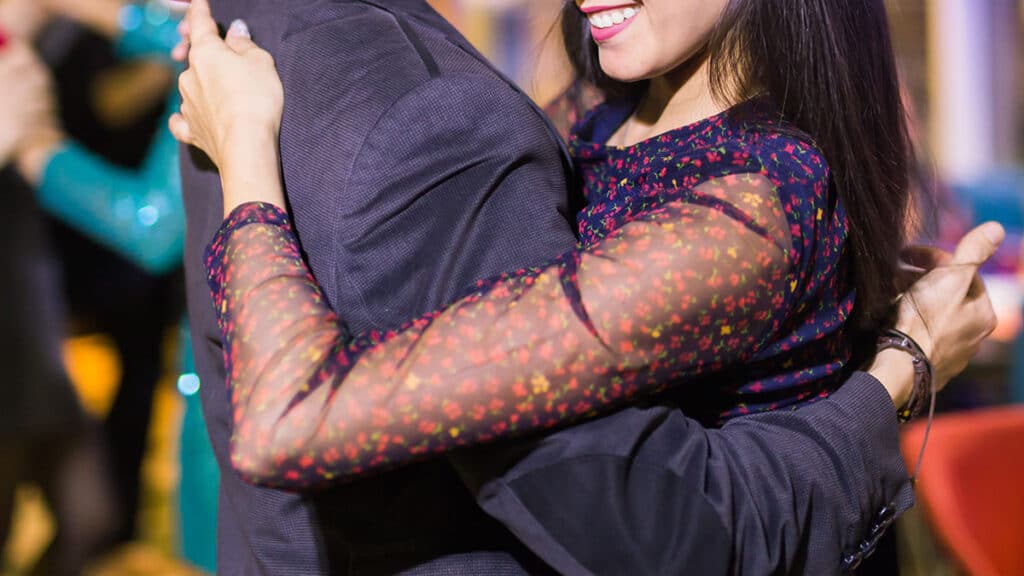
In ancestral tradition, dance is how we pray. In fact “going to dance” didn’t used to mean going to a party. It meant going to a community ceremony.
Latin dance in New York City is just a shadow of the original. It’s like Plato’s “Allegory of the Cave.” Imagine you are chained to the floor of cave with a fire near your feet. You can’t see the fire, but can see shadows of things passing on the walls. Because you only see shadows, that’s your reality. But there is actually a lot more to it. To see it, you have to free yourself.
Social Latin dance is an expression of family, community, and love. It is the glue that binds traditional Latin communities. It’s mostly forgotten now, but in the same way that classical music derives from European religious ritual, Latin social dance derives from Indigenous and African Diaspora religious ritual. In ancestral tradition, dance is how we pray.
This is Where We Come From
In traditional communities, dance is how we pray. It is the core of community life. Traditional dance is an expression of family, faith, community and love. In the old countryside, community gatherings were the only thing in town. Everyone participated. Even in modern life, dance still marks important steps in life’s journey.
This is Where We Came To
In the colonial context, preserving your heritage is a form of resistance. Dance traditions pass down through families. Indigenous and African Diaspora traditions survived in secret at home for over 500 years. We tend to be very good dancers because it is our culture. It is how we connect with our ancestors and how we teach our children who they are. For us, dance is sacred.
“When I Move Like This, It Feels Like Freedom”
Much of who we are as Americans today originated in the years after the U.S. Civil War 1860-65. That war, eight generations ago, was supposed to deliver the Constitutional promise that all Americans are free. We are still working on that, and still decolonizing too. But New York is trying.
Latin culture is almost always born in the most disadvantaged communities. There’s something about having nothing that makes you very creative. Even if you have nothing else, you have your body and your spirit. That’s where Latin dance comes from.
Minstrelsy, the street dancing of African Americans trying to survive when there were no jobs after the Civil War, was the first time that all Americans, from east to west and north to south, knew the same songs and dances. The Diaspora dancing was great, but the racial mocking that followed was terrible. We are still trying to wash that nonsense out of our heads.
Anyway, in short form entertainment, there is a direct line from minstrelsy, to vaudeville to Broadway, movies and television, to MTV (music television), to YouTube, and to Tik Tok. But a lot happened on the way.
The World War I Years
It takes two to tango, and New York City played key roles in the development of Argentine tango, twice, after 1913 and again after 1983.
Like most Latin culture, the upper classes considered tango to be too naughty and low-class at first. It began at a time when there were very few women in Argentina. Le Academie du danse, taught the most human dance. Saying you were going to take some dance lessons, was a good excuse for your mother.
Tango was only accepted in Argentina after young Argentines seduced the French and caused the Tango Craze of 1913. Tango spread across Europe and jumped to New York, before the Argentines decided that it was theirs after all.
Tango also played a role in the liberation of women (from the painful constraints of the corset).
By the way, tango has the habanera in it (la habana manera, or the way they dance in Havana). It’s just been Europeanized.
The Jazz Age
Jazz and tap dance developed in New York City during the vaudeville years of the 1920s Jazz Age that defined so much of who we are as Americans. This was the Harlem Renaissance 1.0.
Lindy Hop Swing jumped out of the Savoy Ballroom in Harlem. It was one of the few places of that time where everybody could dance with everybody. All that mattered was how well you could dance.
New York City’s old cabaret law (no dancing without a permit) was made to keep White kids from dancing with Black kids up in Harlem. It took almost 100 years to get rid of that. Good riddance.
Getting Modern
Theatrical dancers began to pull away from the structure of ballet and began developing modern dance, the romantic transition from the storytelling of traditional ballet to the pure abstraction of contemporary dance.
José Limón is one of the legendary modern dance pioneers. Limón technique remains popular. He was born in Culiacán, Sinaloa, Mexico.
By they way, ballet is a Latin dance. It’s an Italian court dance, set to classical music, that developed in France and was preserved in Russia and Denmark after the French Revolution.
Ballet was seeded in the Americas through New York City Ballet’s founding choreographer George Balanchine. He came to New York in 1933, but had already begun the shift from classical to neo-classical to contemporary ballet.
It Don’t Mean a Thing, if It Ain’t Got That Swing
Swing was the American dance of the Great Depression and World War II. It was also the beginning of American youth culture.
When Benny Goodman played the Paramount Theater in Times Square on March 10, 1937; the NYPD was shocked to see long lines of kids. The kids danced in the aisles. That never happened before, and America hasn’t been the same since.
(The title quote is from Duke Ellington. He lived up in Washington Heights.)
Palladium Style
The Mambo Craze, Latin dance craze, that swept America and the world in the 1950s, came out of the Palladium Ballroom in Midtown. The studio was going out of business, so it decided to let in Latins, and things took off. It was another place where everybody could dance with everybody.
The Palladium Ballroom Big Three were Machito and His Afro-Cubans, Tito Puente, and Tito Rodriguez. Latin dance comes from the Caribbean, but in the United States, it comes from the Palladium Ballroom.
Harlem Renaissance 2.0 and Hip-Hop
Whatever happens in the African Diaspora community, ripples into the Latin community shortly thereafter. The 1960s were about Civil Rights and Black Power, so the 1970s were about the Black Arts Movement, Chicano Power in the west, and Puerto Rican Power in the east. If we could be Black and Proud, then we could be Brown and Proud too. It changed everything.
Hip-hop came out of The Bronx in the 1970s. Hip-hop was started by African American kids, but Latin kids brought their parents’ Palladium Ballroom moves into break dancing. Watch the Palladium dancers and watch the early B-boys and B-girls. The similarity is striking.
Puerto Rican bomba is an old Afro-Puerto Rican drum, song and dance tradition that still lives in Puerto Rico and the Diaspora. That folded arm stance, the way we salute the dance circle, and some dance steps are the same in bomba and hip-hop. We don’t know who influenced who, but bomba is older, and the Bronx is Puerto Rican and African American.
Would You Like Your Salsa on 1 or 2?
Cuban rumba is the taproot of a lot of Latin dance. Before rumba, it’s religious ritual which is the deepest root of all the arts. Cuban dance is based on clave, the Afro-Cuban 2-3, or 3-2 bell pattern. Rumba clave is actually more like 2.5 – 2.5. In Cuba, rumba mixed with changüi and Latin jazz into son Cubano, the template for a lot of Latin music. In Cuba, son evolved into timba. In New York, son evolved into salsa.
Caribbean salsa is danced on the one, meaning the leader starts with a left step forward on the 1st downbeat. It’s very simple and circular. It’s not about flash, it’s about partner connection like traditional tango. Swing and salsa are related somehow. The swing out is just an salsa turn, or the other way around.
The 1970s were about Disco with Studio 54 and all that, so in the Bronx, Eddie Torres Sr. combined Caribbean salsa with disco hustle. He made the dance both more European and more African. He added disco shines, and put the leader’s front step on the upbeat, or on the 2. The upbeat is more African.
New York Salsa on 2, gets the dancer’s movements closer to the clave. You follow half the clave which changes your connection with the floor and gives you more opportunities to shine. Disco was all about shining and now that’s part of New York Salsa. In the Caribbean, dancers get confused by New York style, but it’s all good.
Harlem Renaissance 3.0
One of the characteristics of communities of color, is that if you give us a lot of shit, we’ll eventually grow flowers in it. George Floyd (RIP) burst the bubble in 2020. Doors are opening that were never open to people of color.
New York really gets it. And when you open your heart to all peoples, your world expands exponentially. It’s sort of a personal Big Bang.
Hip-hop and African Diaspora dance are having a renaissance now. We call it “The Harlem Renaissance 3.0.” And everybody is doing it.
Reggae, the music of Black liberation out of Jamaica, became Reggaeton on its journey from Jamaica, to Panama, to New York, to Puerto Rico, to Colombia and the whole world. Reggaeton is the global youth music of today, and it has a little bit of everything in it.
“Todo mi gente se mueve.” All my people move. That’s because back in the day, dancing meant, I am part of this family, I respect my family’s faith, I am part of this community, and I want to be loved.” That’s what Latin dance is.
The Natural Habitat of Latin Dance is on the Street
That’s why in New York City, we mostly see shadows of Latin dance on stage and in nightclubs. Let’s end back on the streets. In the dem bow dance, you can see hints of everything in this story.
The dance has evolved from this, but we’re pretty sure this is Capotillo 42, the beating heart of dem bow (Dominican reggaeton) in Santo Domingo.
Con todo el corazón. Capotillo, capotillo, capotillo, capotillo. La cuarenta y dos. ❤️❤️❤️
Remember Where We Come From?
Looks easy, but you try it.
The original video of Zaouli, an Cote d’Ivoire traditional dance, was paired with Colombian champeta music. Champeta has a great story. African traditions came to the Americas with the African Diaspora. Indigenous American traditions were very similar and we mixed together. “In the United States, they took away the drum, and we got the blues” (Eddie Palmieri). The blues is the root of the popular music and dances of the United States (Robert Farris Thompson). From the blues, we got jazz, rhythm and blues, country, swing, rock, funk, and hip-hop.
Fela Kuti mixed American traditions with Nigerian traditions into Nigerian afrobeat which evolved into afrobeats (afropop). Nigerian sailors brought records of Kuti’s afrobeat to Cartagena, Colombia. There it became champeta.
Latin music is a big circle that turns in both directions at the same time. How cool is that?

